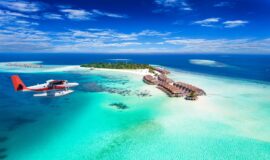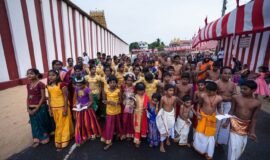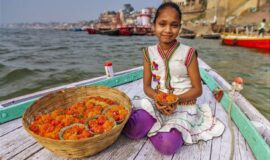The Raja Mahal, Orchha – The King’s Palace
The Grandeur of Raja Mahal
Raja Mahal’s Artful Architecture
Orchha History in Light and Sound
The distinctive Paintings of Raja Mahal Palace
The Grandeur of Raja Mahal
Neighbor to the much younger Jahangir Mahal sits Raja Mahal. It is believed that the building was constructed by Bir Singh Deo’s father, Raja Madhukar Shah who lived from 1554 to 1592. According to Percy Brown, the palace dates back to 1575, but others believe it was Raja Rudra Pratap Singh who lived from 1501 to 1539, who started construction while his successor and son Raja Bharti Chand was responsible for its final magnificence.
There are significant dissimilarities between the much older Raja Mahal and the Jahangir Mahal. Most apparent is the fact that the first does not have a single dome. Secondly, the plain exterior shows no presence of different levels with the result that it appears to be a single-story structure. This is deceptive since, in fact, Raja Mahal consists of 5 stories.
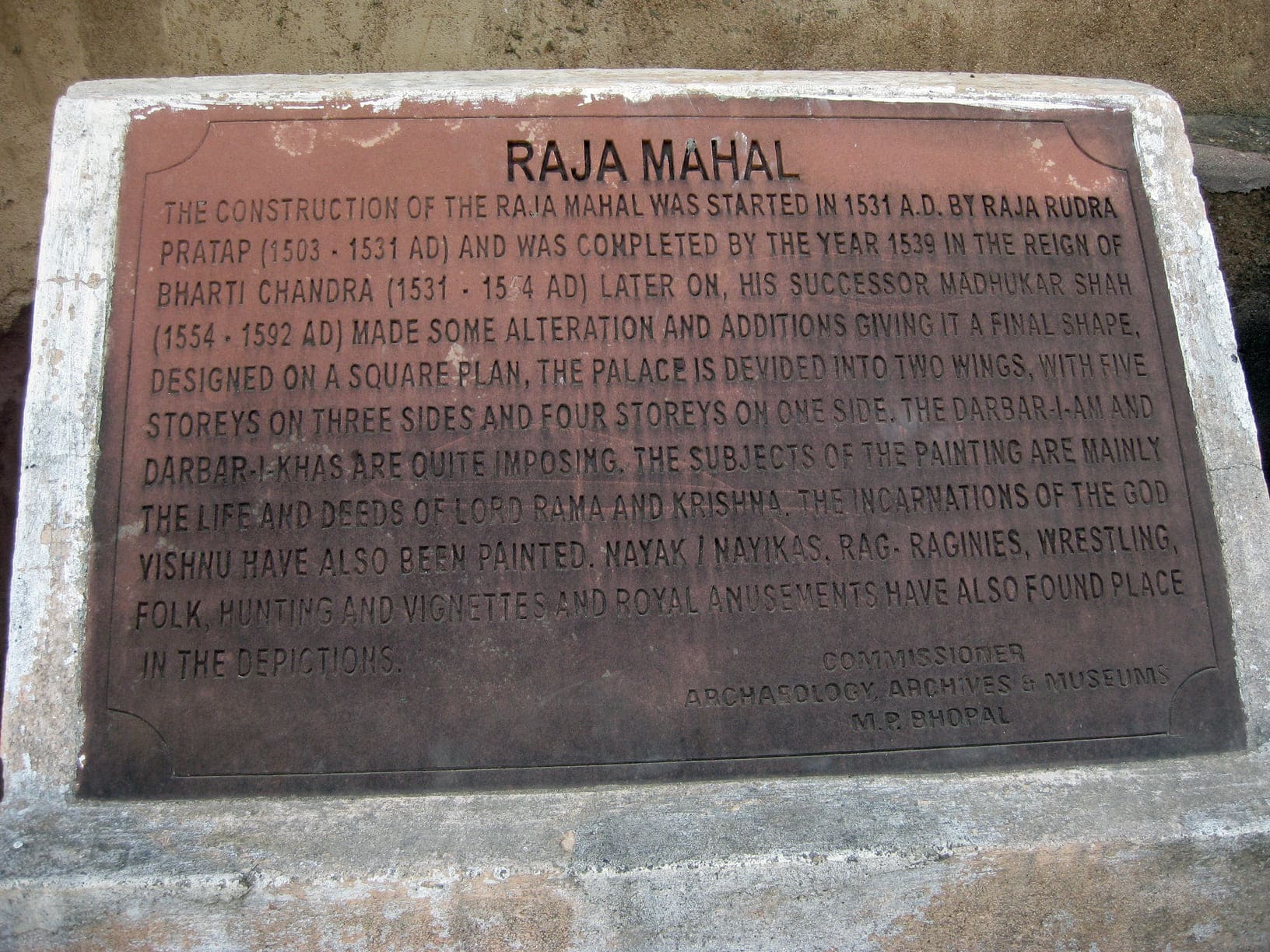
Signage outside Raja Mahal, located in the Orchha Fort complex, detailing its history © Fabio Imhoff
Raja Mahal’s Artful Architecture
Step inside and a pleasant surprise awaits the visitor. In sharp contrast to the rather plain exterior, the inside is colorfully adorned. On the ceilings and walls of the bottom floor, royal chambers are murals in lively bright colors to cheer up the entire building. The themes are predominate of a religious nature. Most noteworthy are the lavish depiction of Vishnu’s 10 incarnations or Dasavatara, a scene showing Krishna lifting Mount Govardhana, Hanumana in the court of Rama, Krishna with his Gopis, a painting of Samundra Manthan, and various Mahabharata scenes, for example, the Kauravas being shaken out of trees by Bhima.
A real curiosity is the Dwadashnari Kunjar mural. It shows a mahout being ridden by 12 young women or Nayikas arranged in the form of an elephant. Also look out for Lord Kartikeya and his peacock, the ritual of the donation of a cow or Gau-Daan, peacock women, or mayor Nayikas, as well as scenes of the royal court. The mural of Vishnu’s fish avatar or Matsya avatar has a depiction of Keshav Das in grey-blue colors. Another fascinating picture is that of Chungul, a mythical creature with an elephant head and lion body. The scene usually includes a peacock striking the creature’s head.
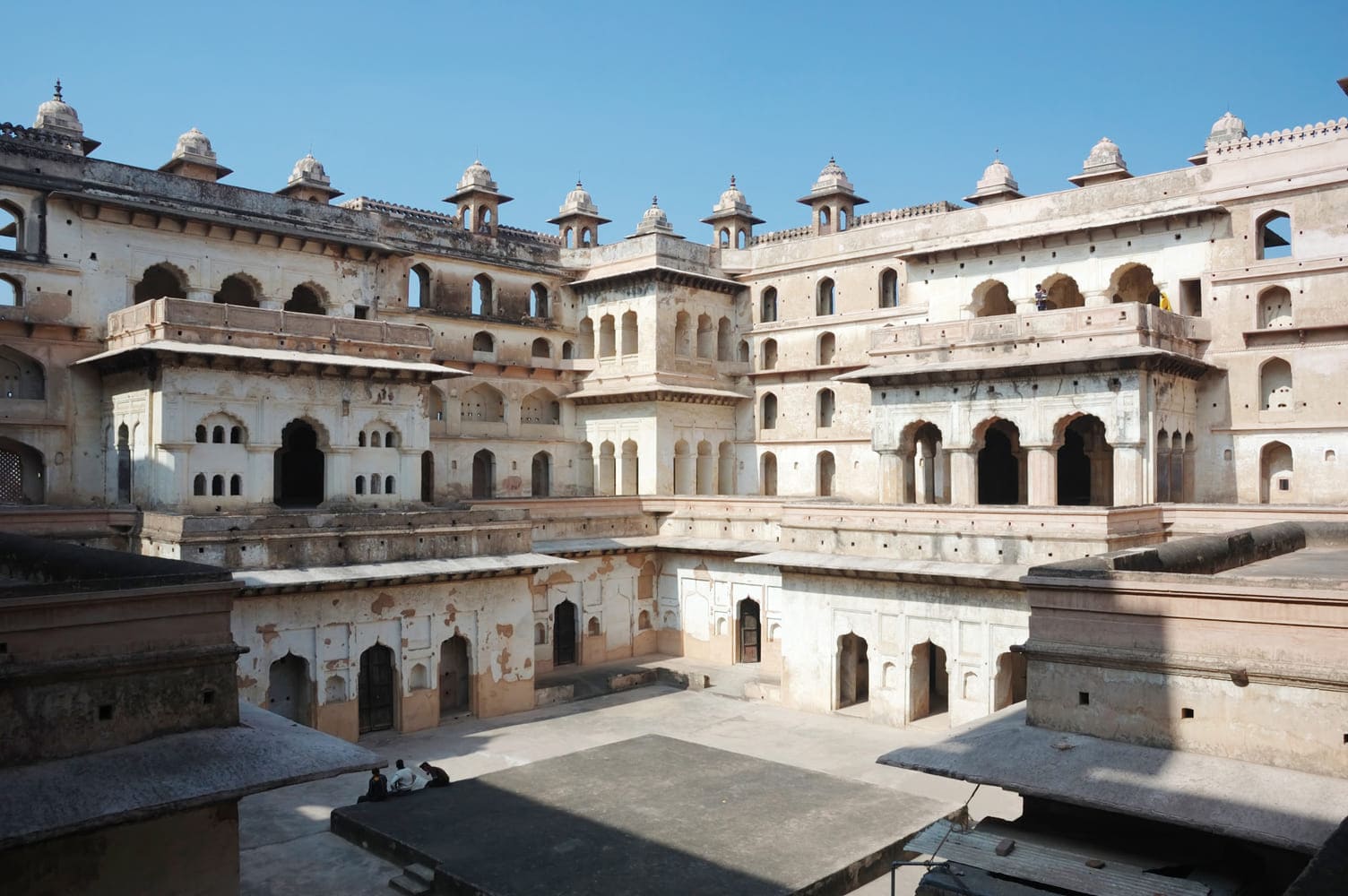
The Royal Courtyard in the Orchha Fort complex © Elena Odareeva
The ceilings of various chambers resemble colorful Persian carpets with intricate designs. This is clear evidence of the infiltration of the northern Persian-Turkish traditions into the Orchha style of decoration and arts. This assimilation also occurred in the court of the Gwalior rulers. The vibrant colors were obtained by the use of vegetable and herb dyes.
The eminent conservator Sanjay Dhar is of the opinion that frescos and murals were not part of the initial design of the Raja Mahal. According to him, their rather haphazard execution proves that they were probably later additions.
The uppermost floor has relics of the old mirror work exquisitely executed on many walls, as well as remains of some glass paneling between the ceiling murals. As soon as the rays of the sun enter, the entire space is brilliantly lit up.
The architectural plan of Raja Mahal shows a mixture of Mughal and Rajput styles, like the jaali work in stone, and the multi-foiled arches of the entrances. At the entry gate, to the right, is a darbar-i-aam or hall used for public audiences, while the area for private audiences or darbar-i-khas is on the left. The ceiling and walls of the latter are richly decorated in geometric designs, inlays, and floral patterns. The public gallery opens up to an open area, probably used as a stage for music and dance performances. It is said that not even a downpour would stop the merriment; they simply moved to a pillared roofed area in the courtyard.
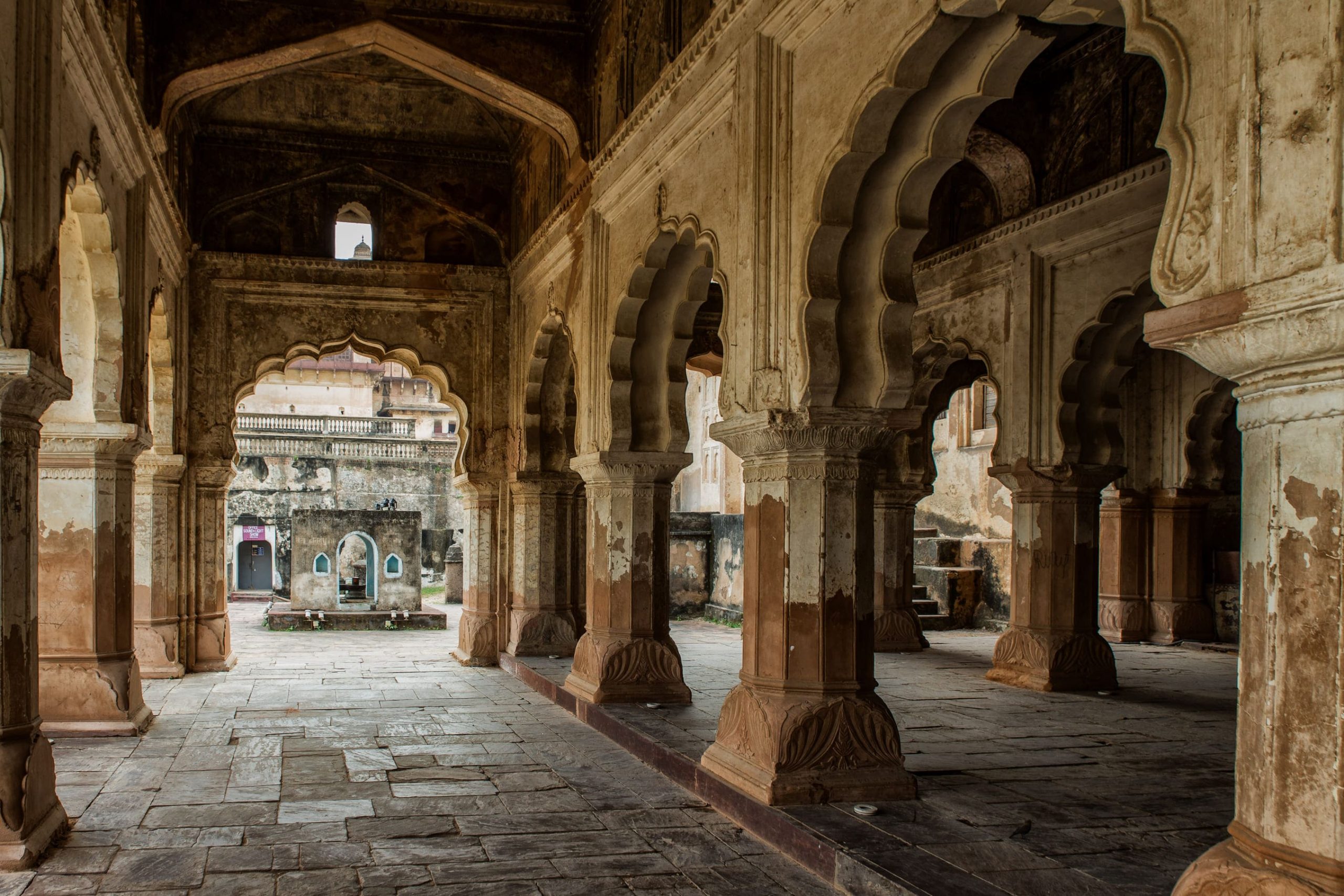
The corridor of Diwan-i-Aam or the Hall of Public Audience in Raja Mahal, Orchha © Damian Pankowiec
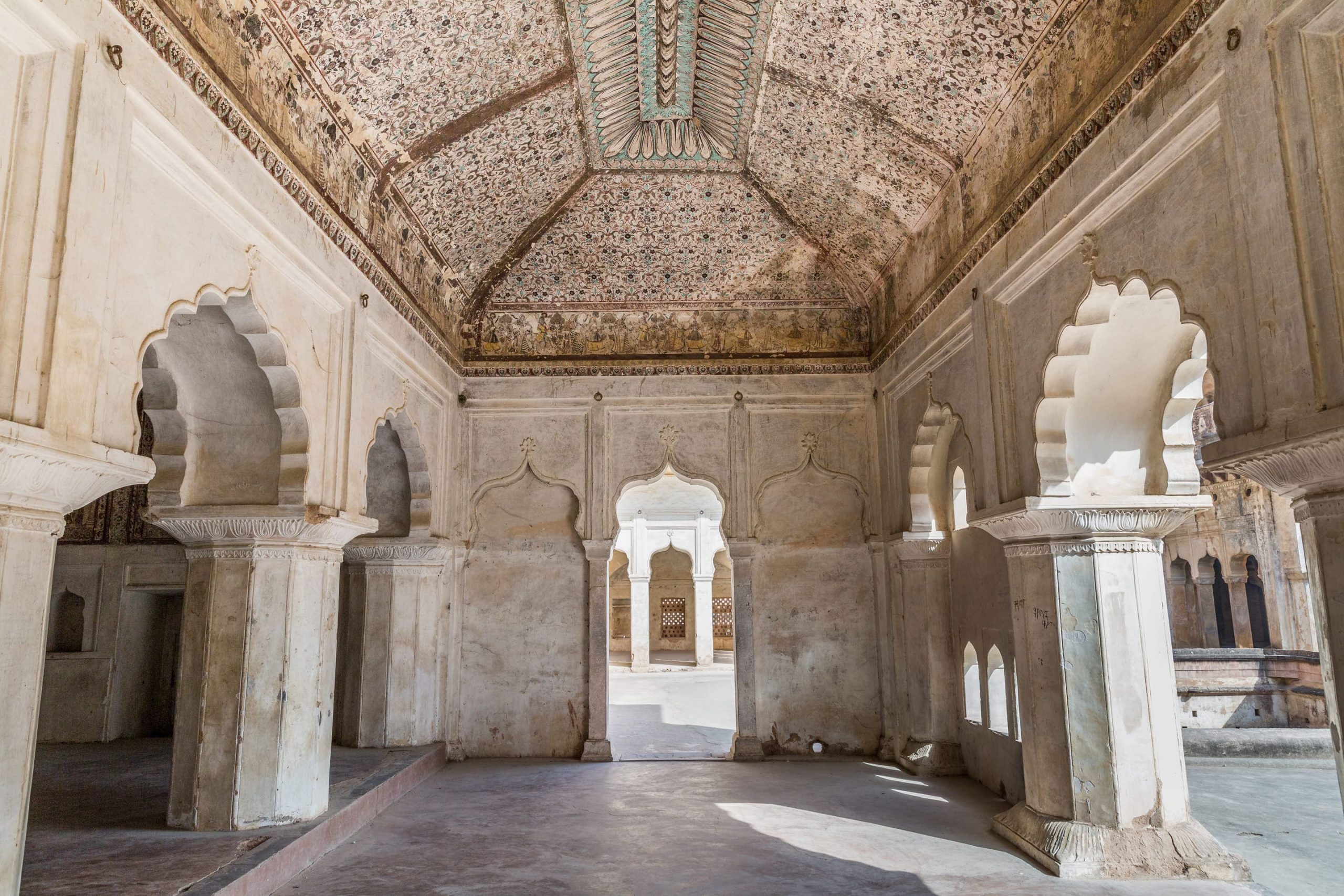
The beautiful murals on the interior walls of Raj Mahal in Orchha Fort complex © Kevin Standage
All the balconies are intricately embellished and visitors should be careful when maneuvering the narrow corridors of the upper floors; they are unprotected on both sides. As mentioned before, no domes are present, but the elegant and delicate copulas make up for that. The crown of this palace remains its enchanting frescoes and murals, as well as the beautiful glasswork.
The floor on the very top is worth a visit; from there the visitor has a full vista of the mammoth Chaturbhuj Temple to the west, grandiose Jahangir Mahal to the east, winding Betwa River, and last but not least Laxminarayan Temple towering like a stronghold further afield.
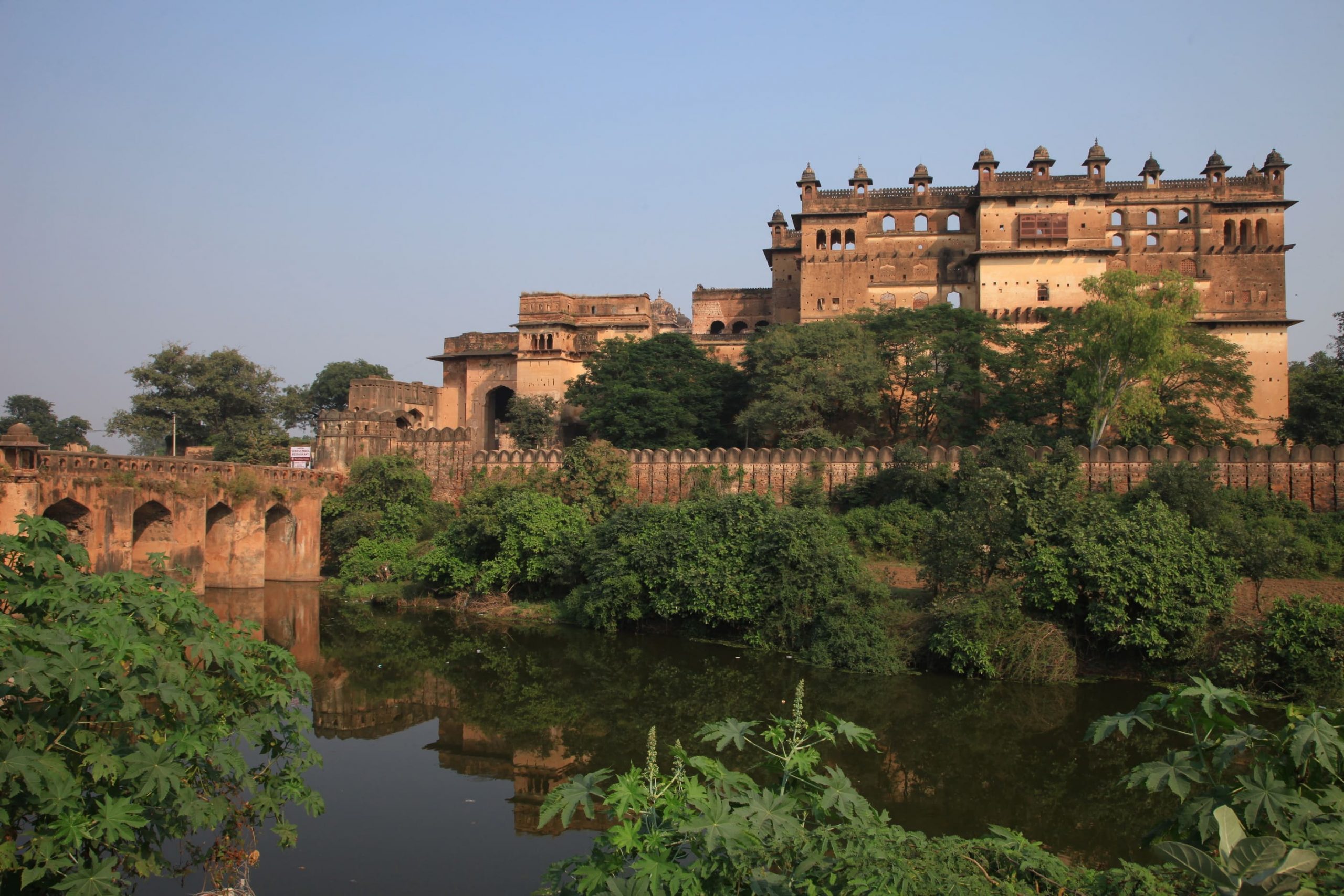
Raja Mahal was built in the 1500s by Maharaja Rudra Pratap Singh as the center of his princely kingdom. Facing the river, Raja Mahal (Kings Palace) was protected by fortified walls both tall and wide, Orchha @ Iannomadav / Getty Images
Orchha History in Light and Sound
Do not miss the new Sound and Light Show at this Mahal. The venue is near the entrance gate. Done in both English and Hindi, it is a wonderful, exuberant portrayal of the 400 year- old Orchha history and truly a brilliant spectacle. The show lasts one hour and for more information on times, etc contact Sheesh Mahal.
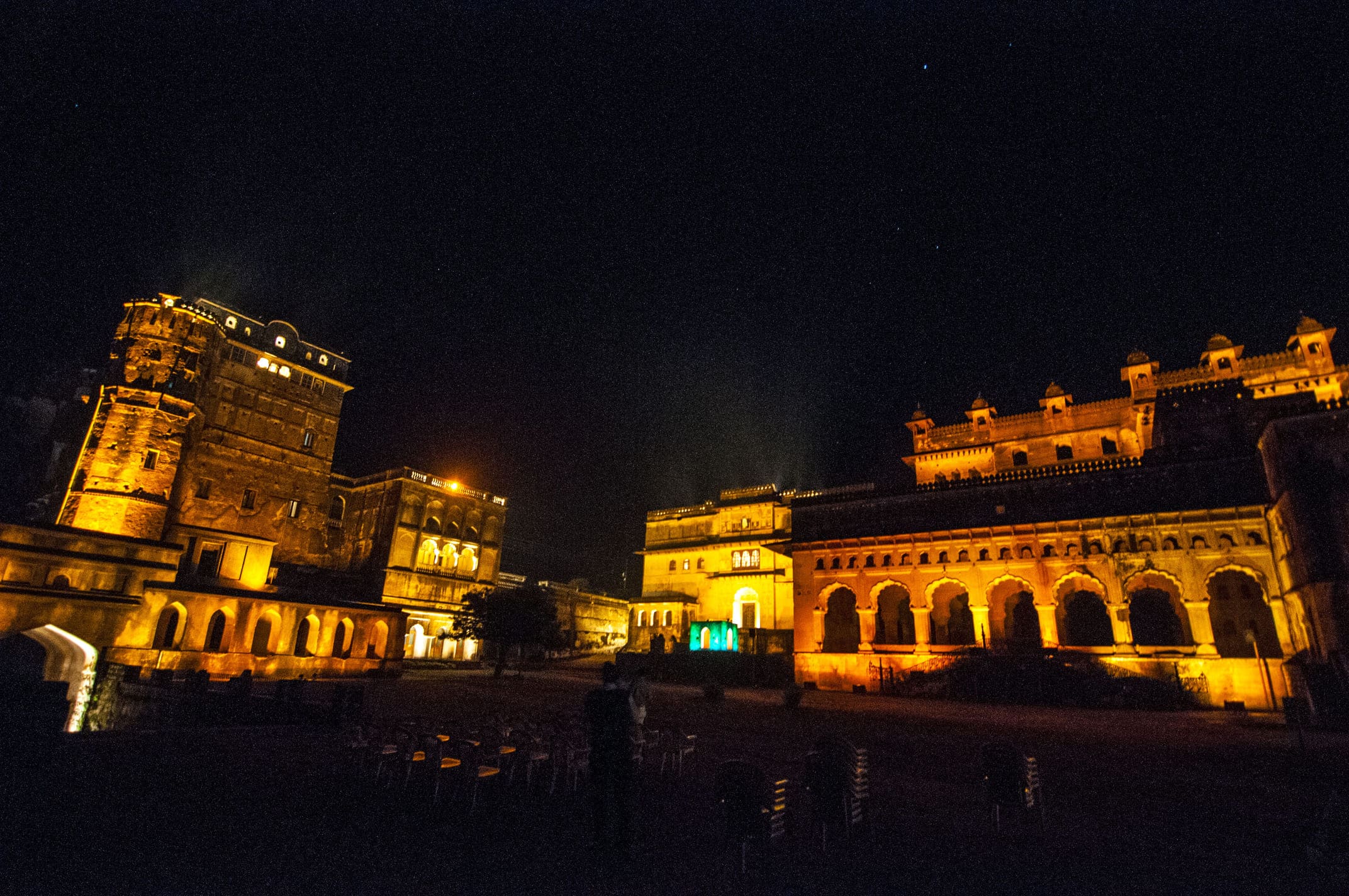
An illuminated Orchha Fort complex during the light and sound show hosted for narrating the city’s legends and history to the visitors © Dinesh Pagaria
The distinctive Paintings of Raja Mahal Palace
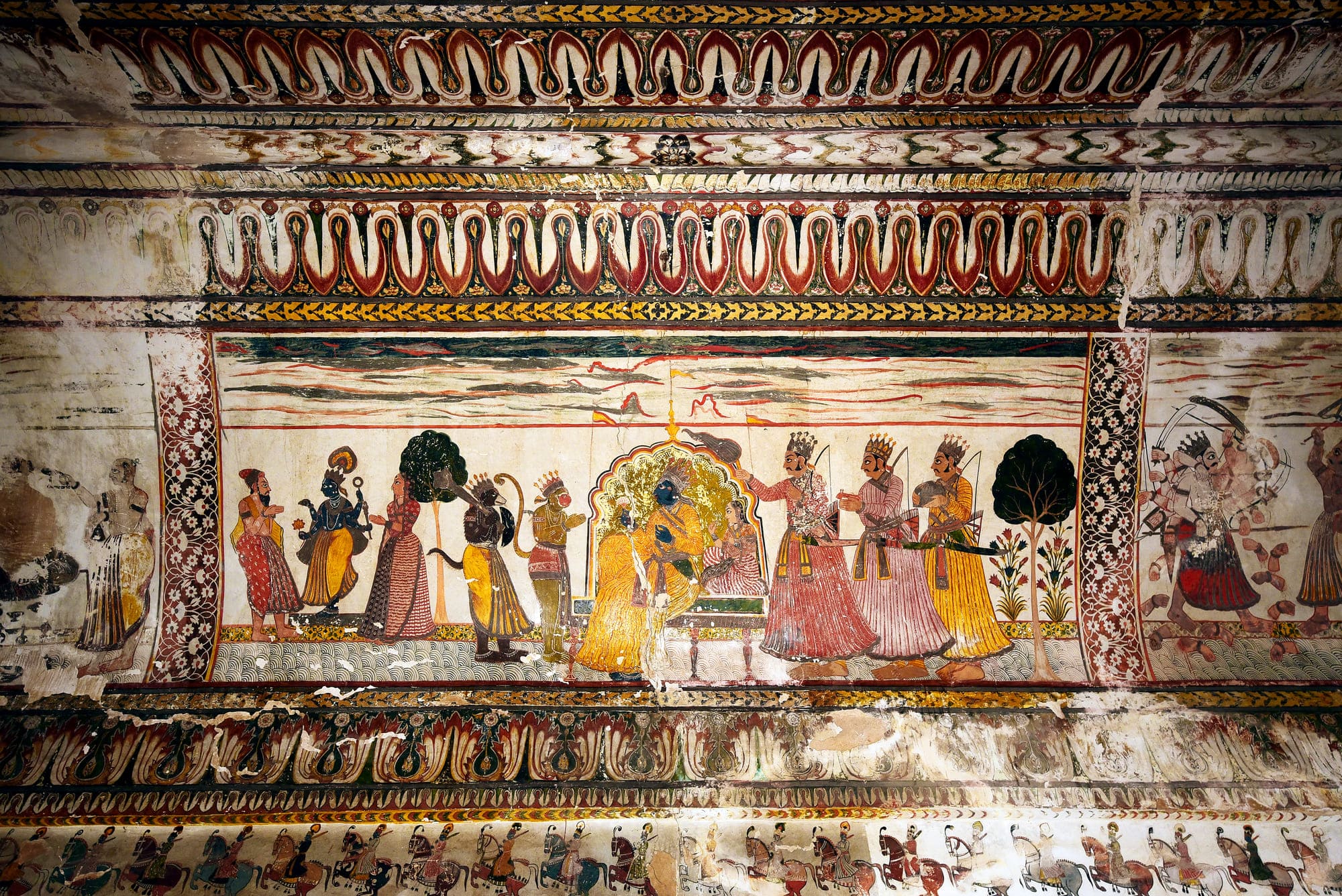
Lord Rama, one of the 10 reincarnations of God Vishnu, sitting on a throne in a royal posture with his wife Sita, accompanied by their advisers Hanuman (Monkey God) and Jambawan (King of Bears), Orchha © Konstantin Litvinov
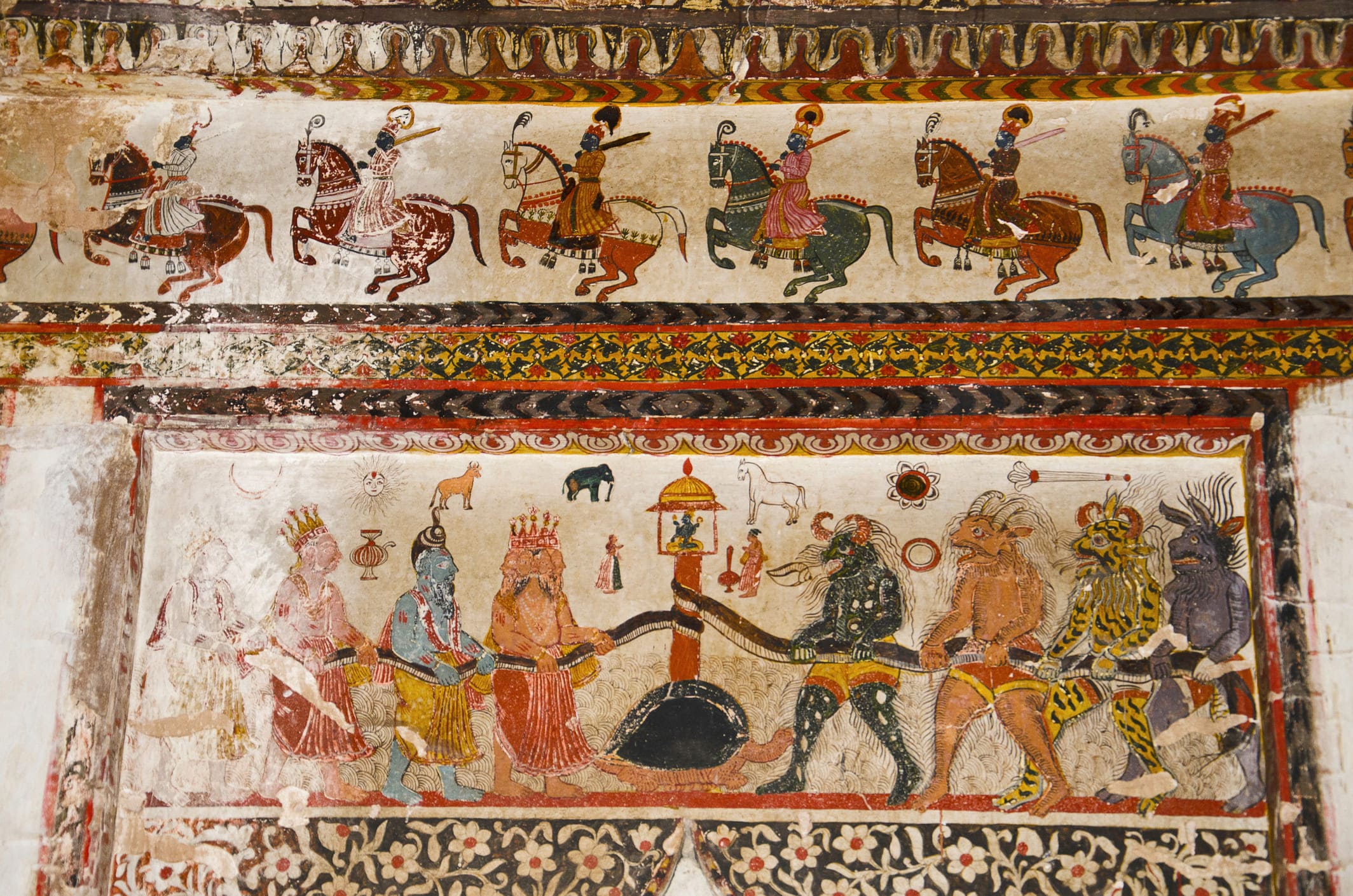
To obtain the nectar of immortality the gods and demons decided to churn the Ocean of Milk, also known as Samudra Manthan, Orchha @ EPhotocorp
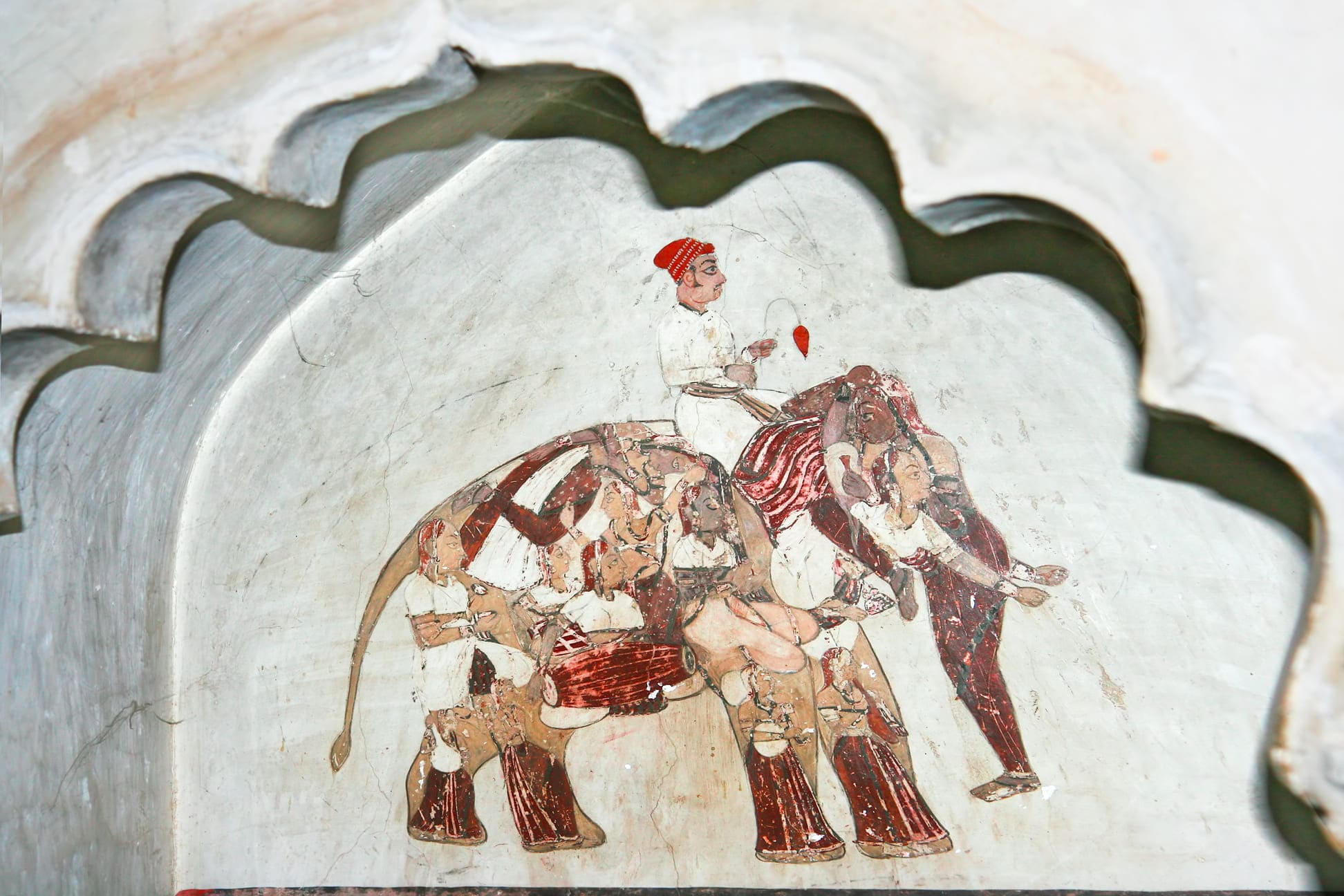
In the olden days, painters were not allowed to add their names to their paintings. This painting is literally an autograph done by a master artist. In it, we see the figure of an elephant in the distance, but on closer inspection, it becomes clear that everybody part of the elephant is formed by the figures of twelve women. Some of them are playing musical instruments, while others are depicted in dancing poses, Orchha @ Aleksandar Todorovic
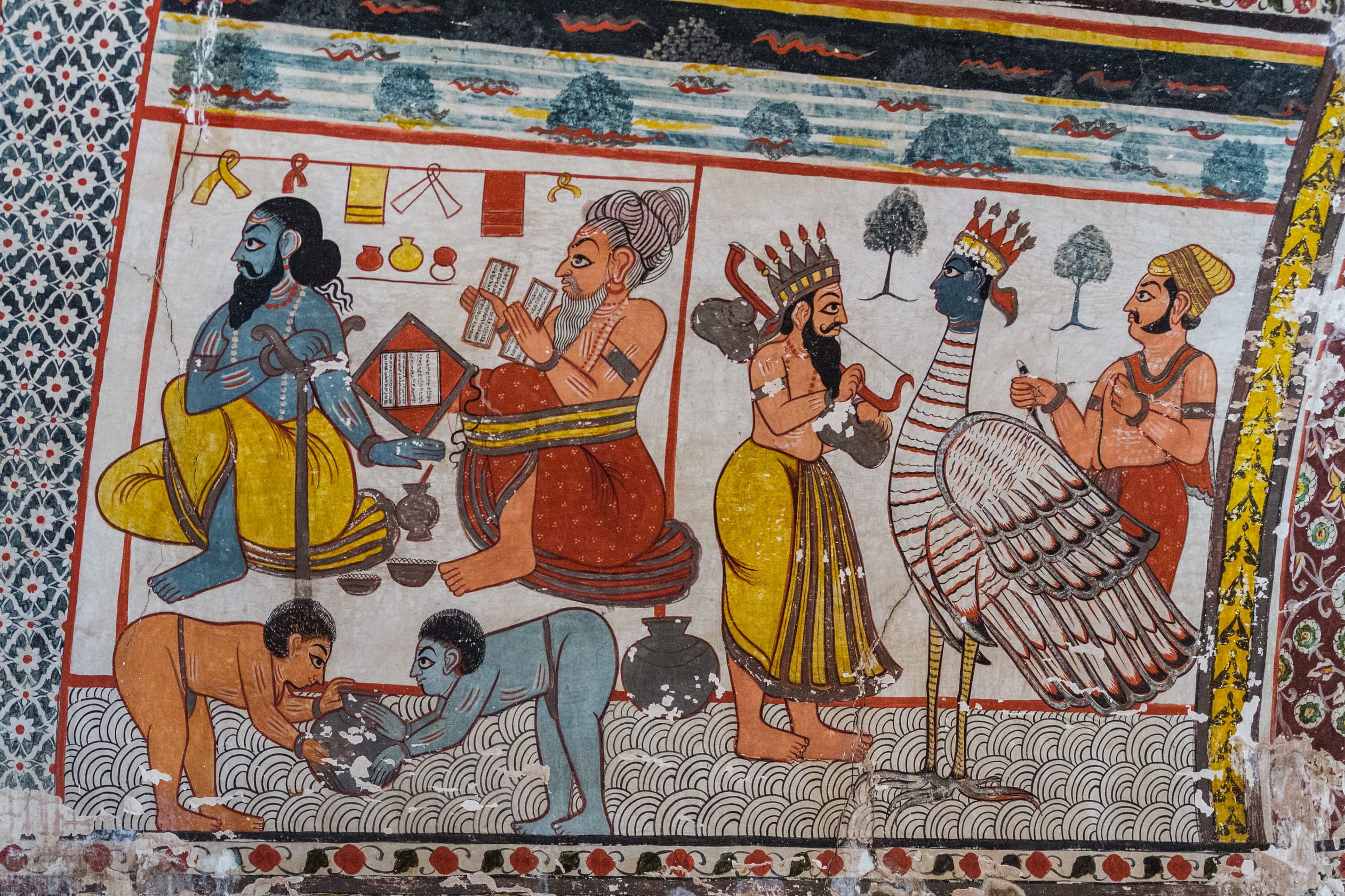
On the right is a painting of Garuda, Lord Vishnu’s eagle mount. The scene has been taken from the Hindu epic Ramayana, and shows Lord Rama and his brother Lakshman, at war with Ravan in Sri Lanka, when they were attacked by Meghnath with a Nagpash, or cobra arrow. The arrow created thousands of cobras that gripped Rama and Lakshman. In this picture Narad Ji, the messenger god gives instructions to Garuda to save the lives of Rama and Laxman. On the left holy men are getting ready for their daily routine, while down below two young boys are practicing their wrestling skills, Orchha @ Kevin Standage
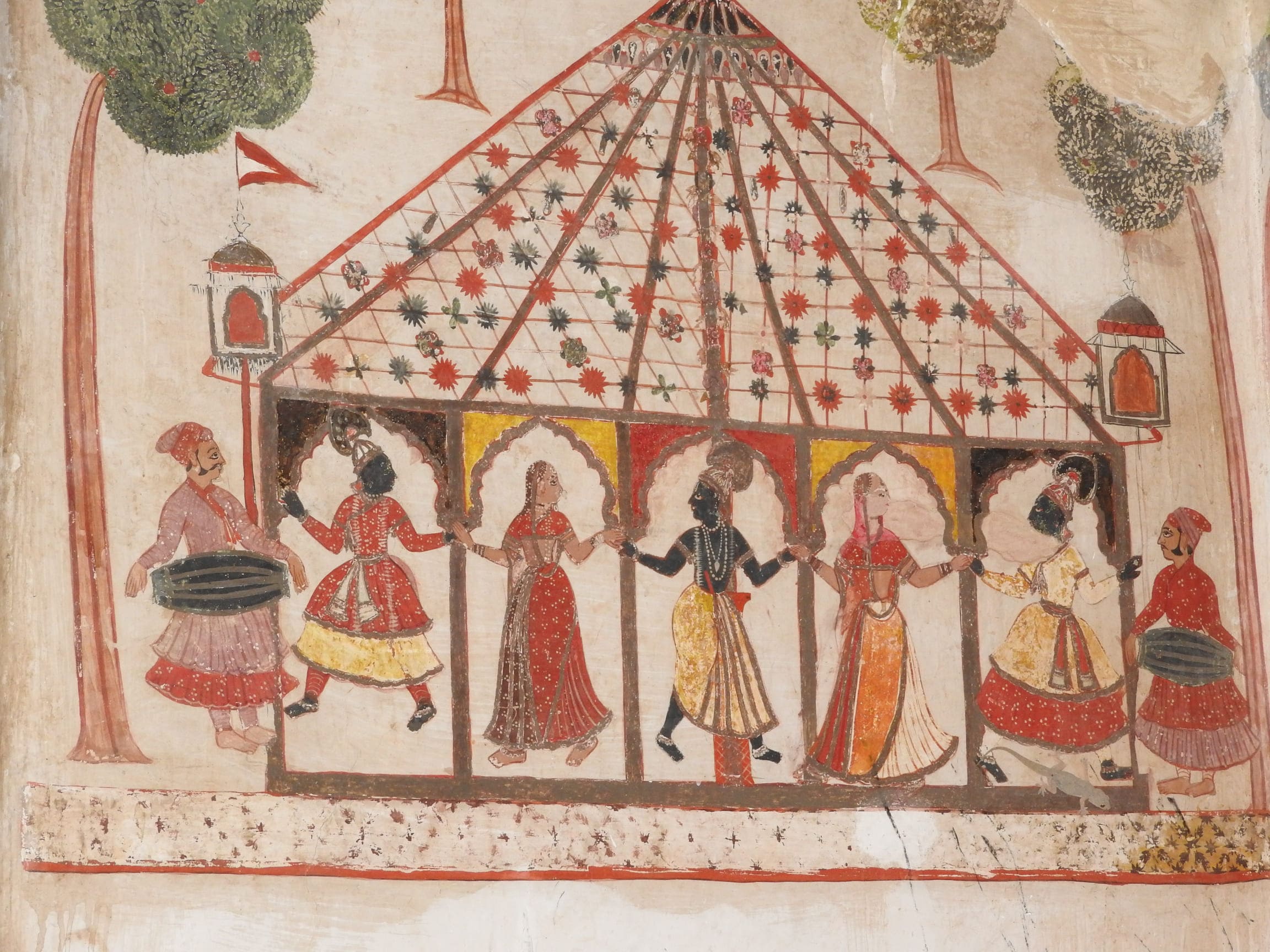
Many exquisite paintings cover the ceilings and walls of the royal quarters of Raja Mahal. In the pic, the depiction of Rasleela (Dance form of Lord Krishna), Orchha © Konstantin Litvinov
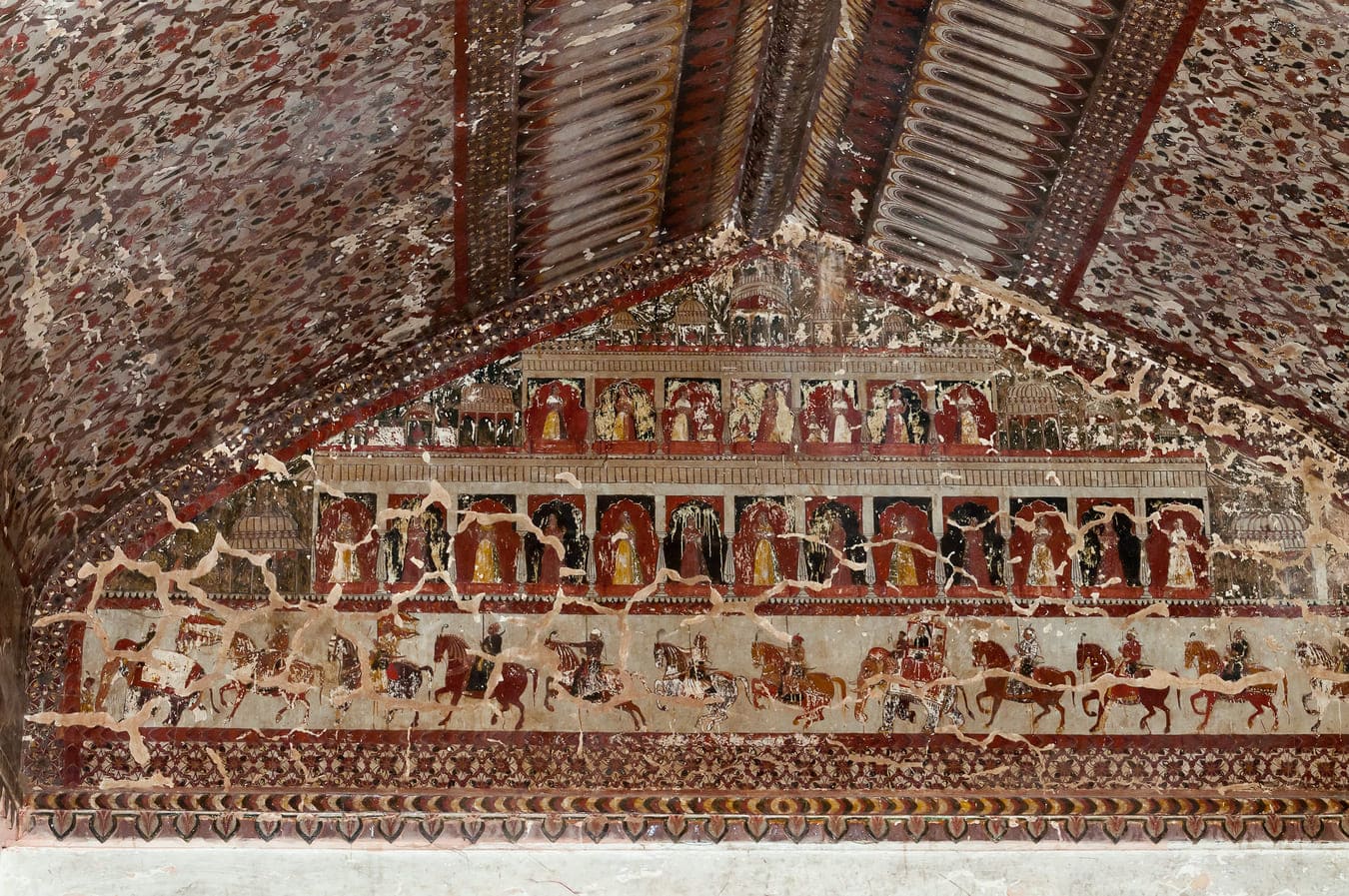
These signature paintings are from the dining hall area of the palace, and show a procession of animals like white horses and elephants, representing the royal Bundela power, while ladies on the balcony wish them good luck, Orchha © Elena Odareeva
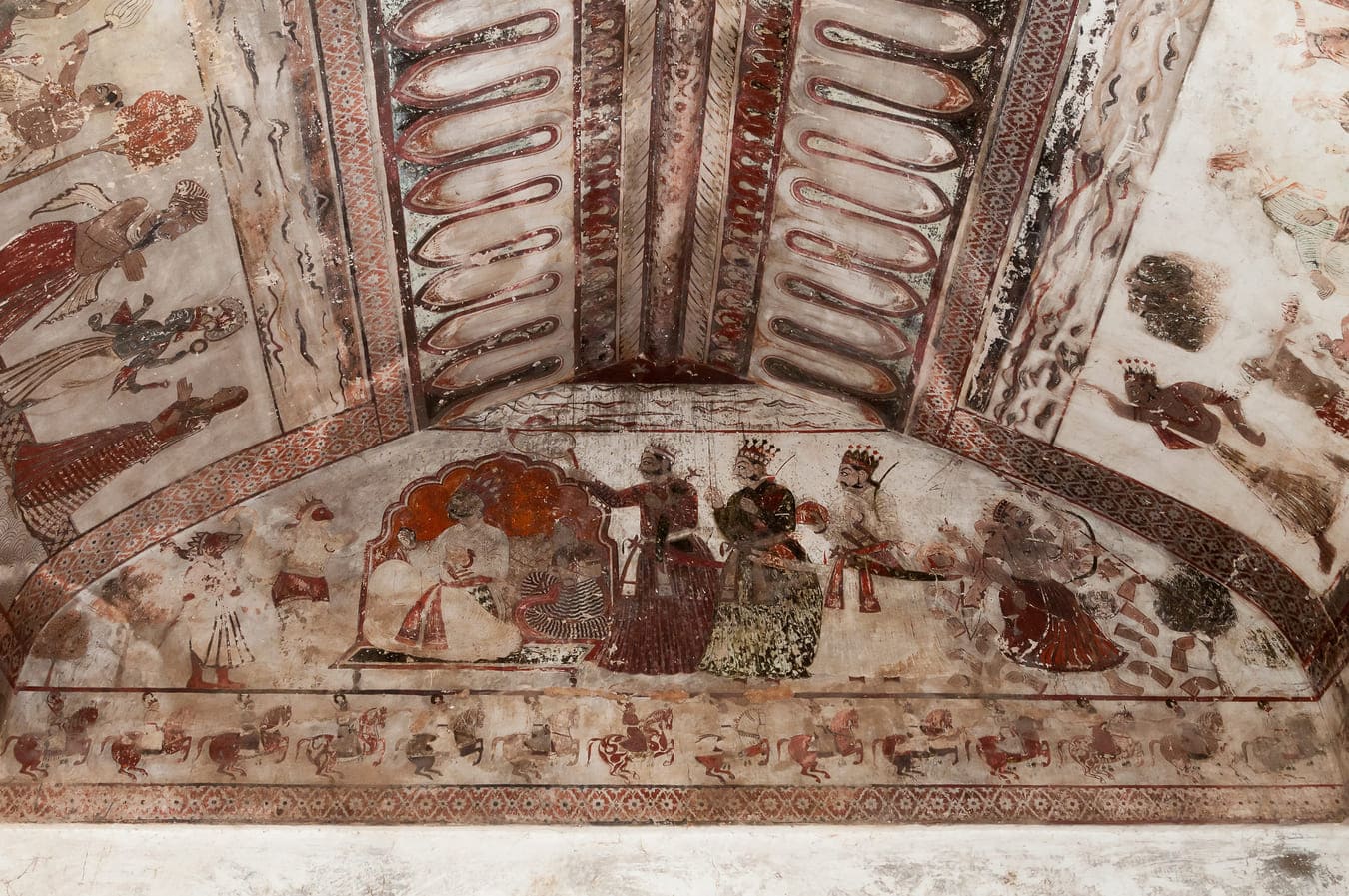
Two different reincarnations of Lord Vishnu depicted on the front wall. On the left is Lord Ram with his consort Sita and in the corner the sixth avatar of Vishnu as Parashurama, or Rama with an ax, Orchha © Elena Odareeva
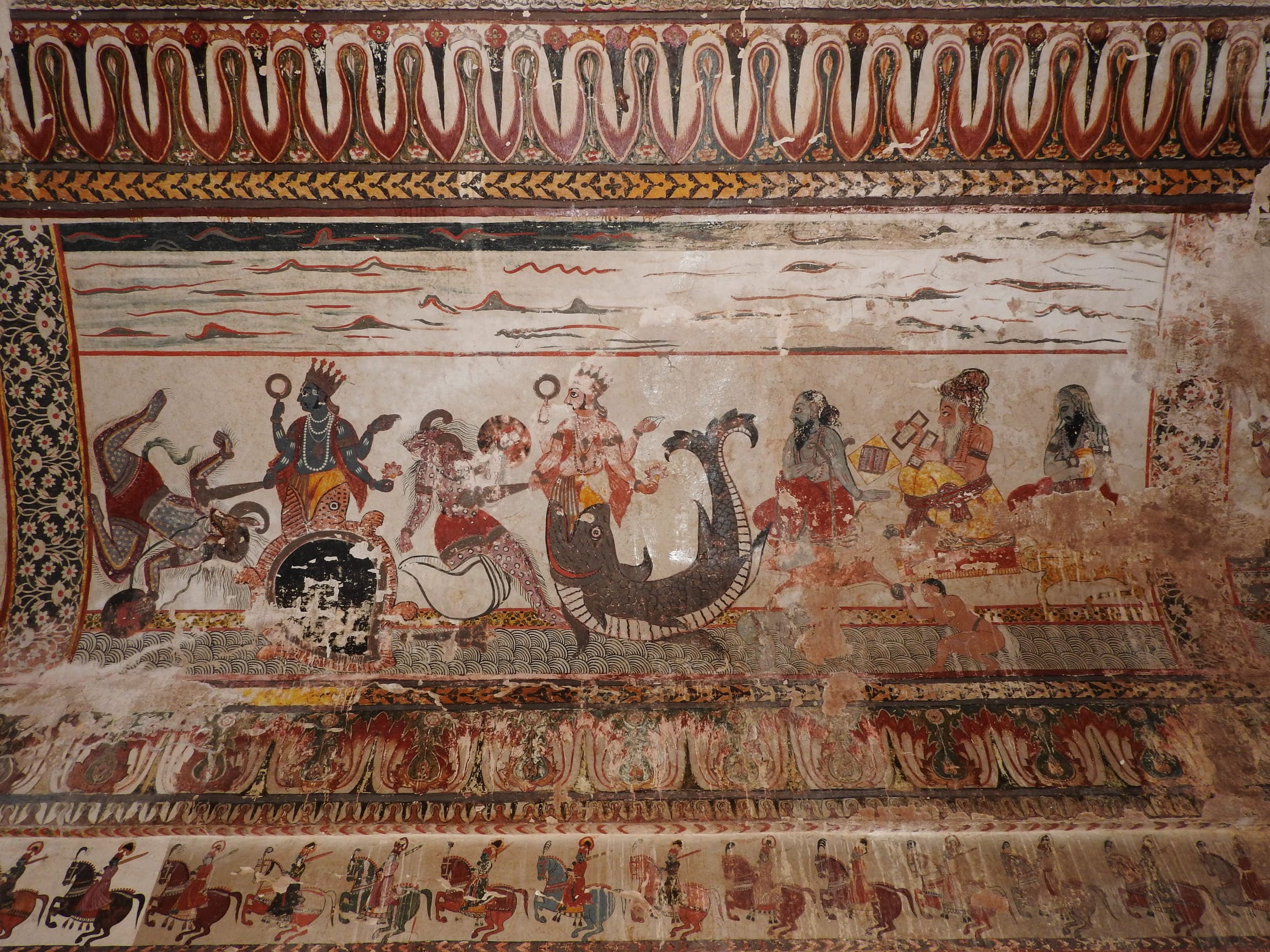
This painting depicts some of the incarnations of Vishnu, for instance, his incarnation as a fish. Others include a turtle, a wild boar, and even a buffalo, Orchha © Konstantin Litvinov
Other Pictures of Raja Mahal to Lure and Seduce You
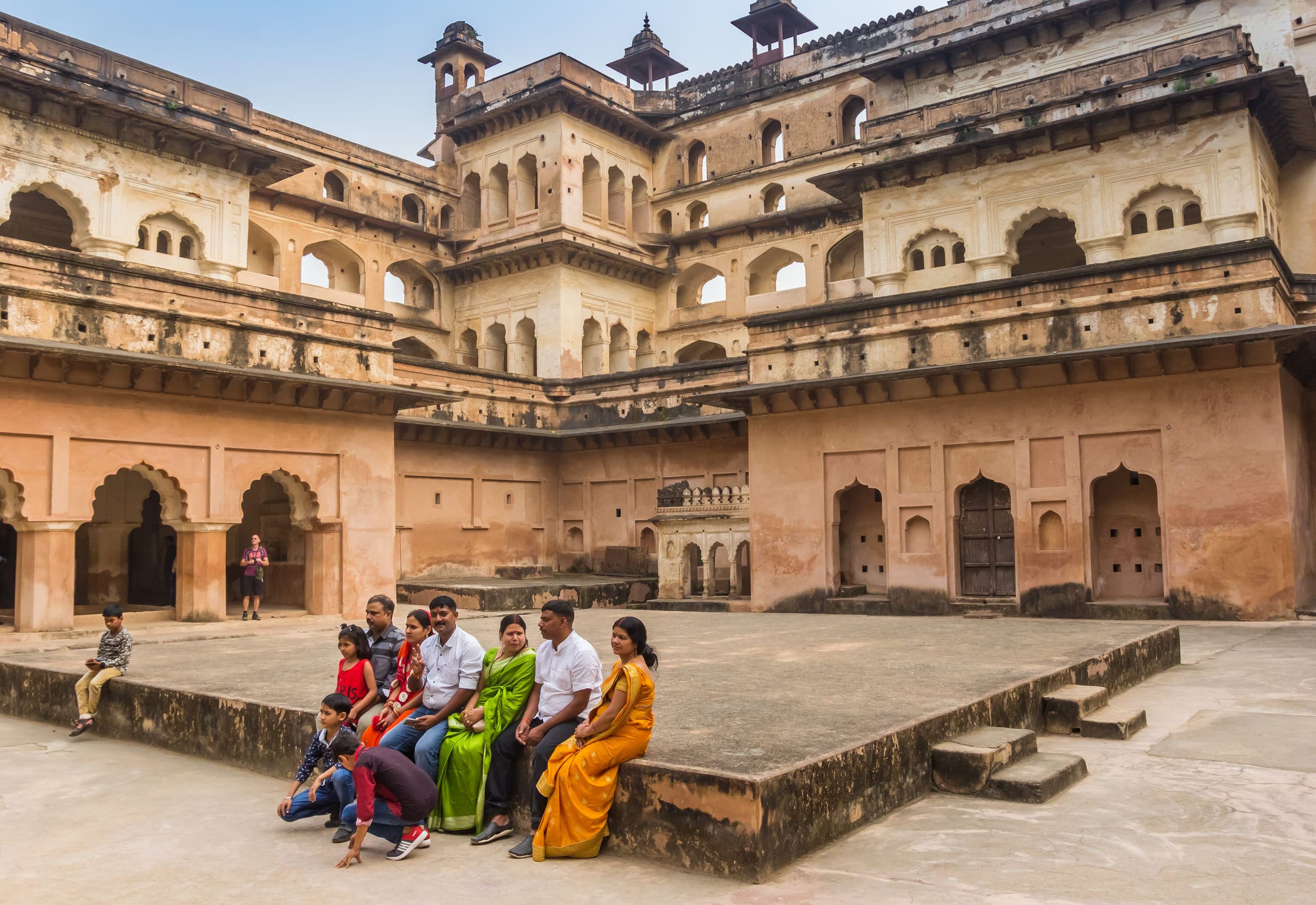
A family sitting in the courtyard of Raja Mahal, situated in Orchha, and posing for a group photograph © Marc Venema
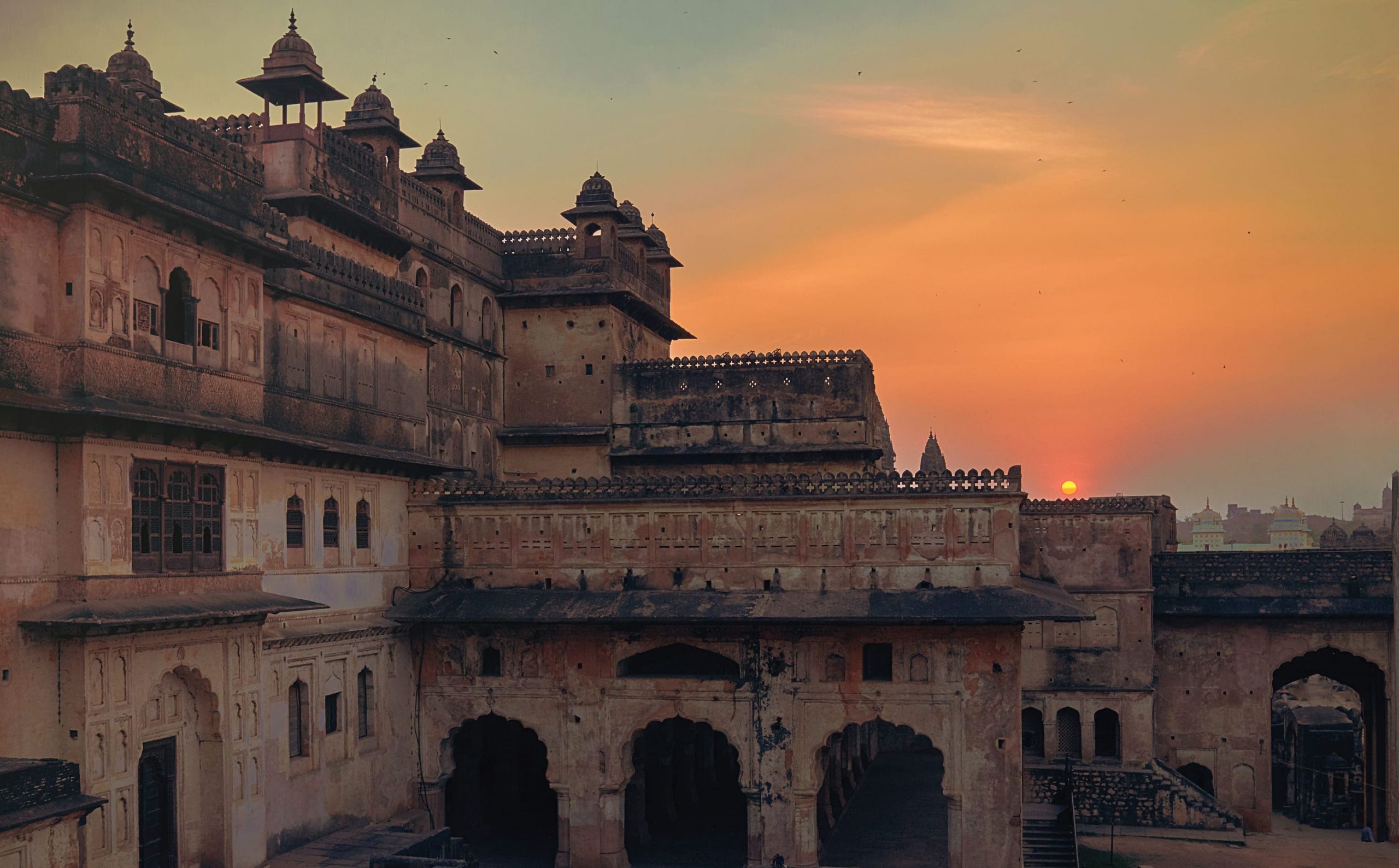
A breathtaking view of the sunset as seen from the Orchha Fort complex © Vasily Gureev
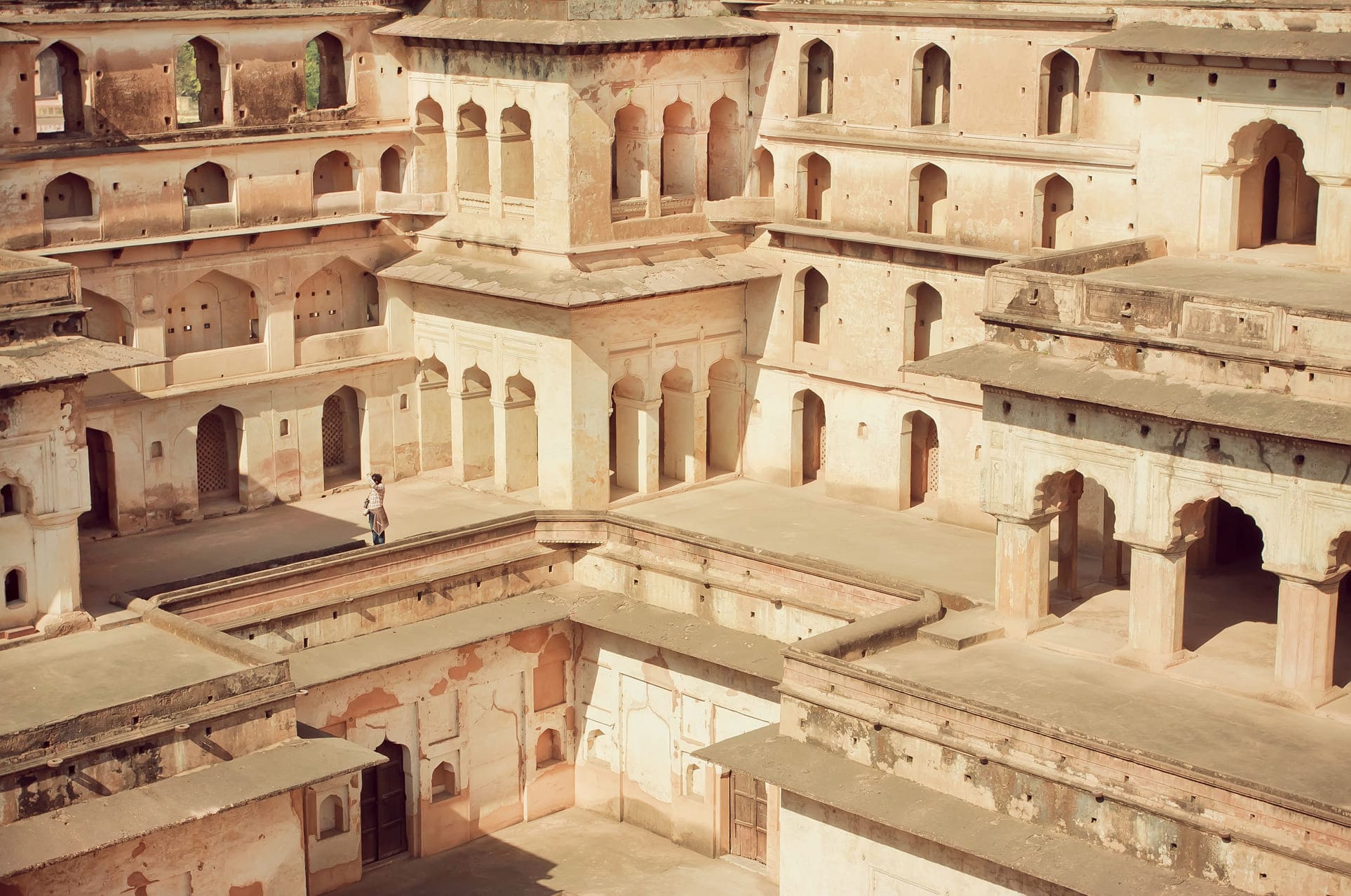
A visitor’s figure in a maze of levels in the historical Raja Mahal. Several doors and windows provide an awesome view. This fort was constructed in the 17th century in Orchha, India © Radiokafka
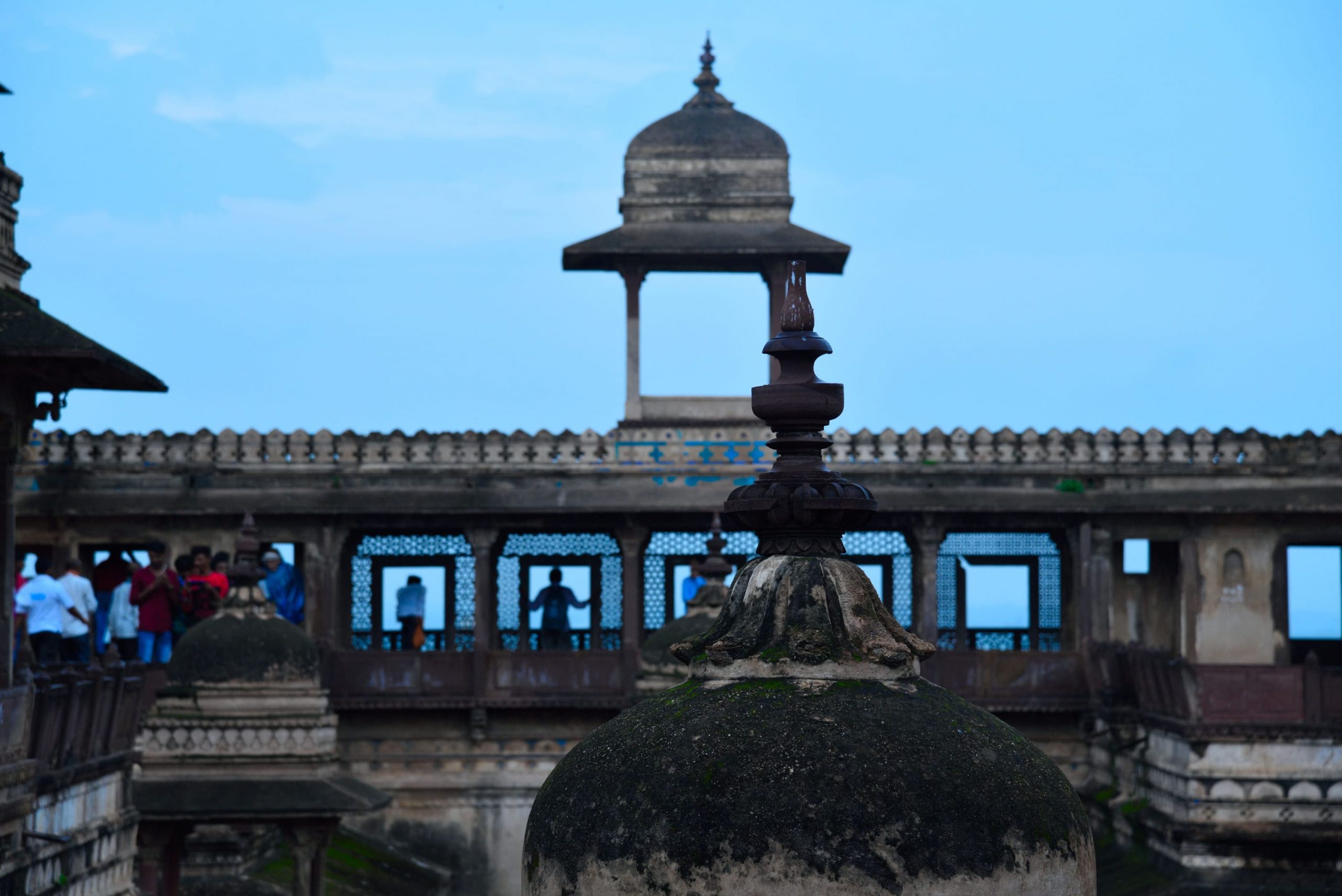
This picture shows the internal architectural design of Orchha Palace by Evening © Prashant Shiv Singh
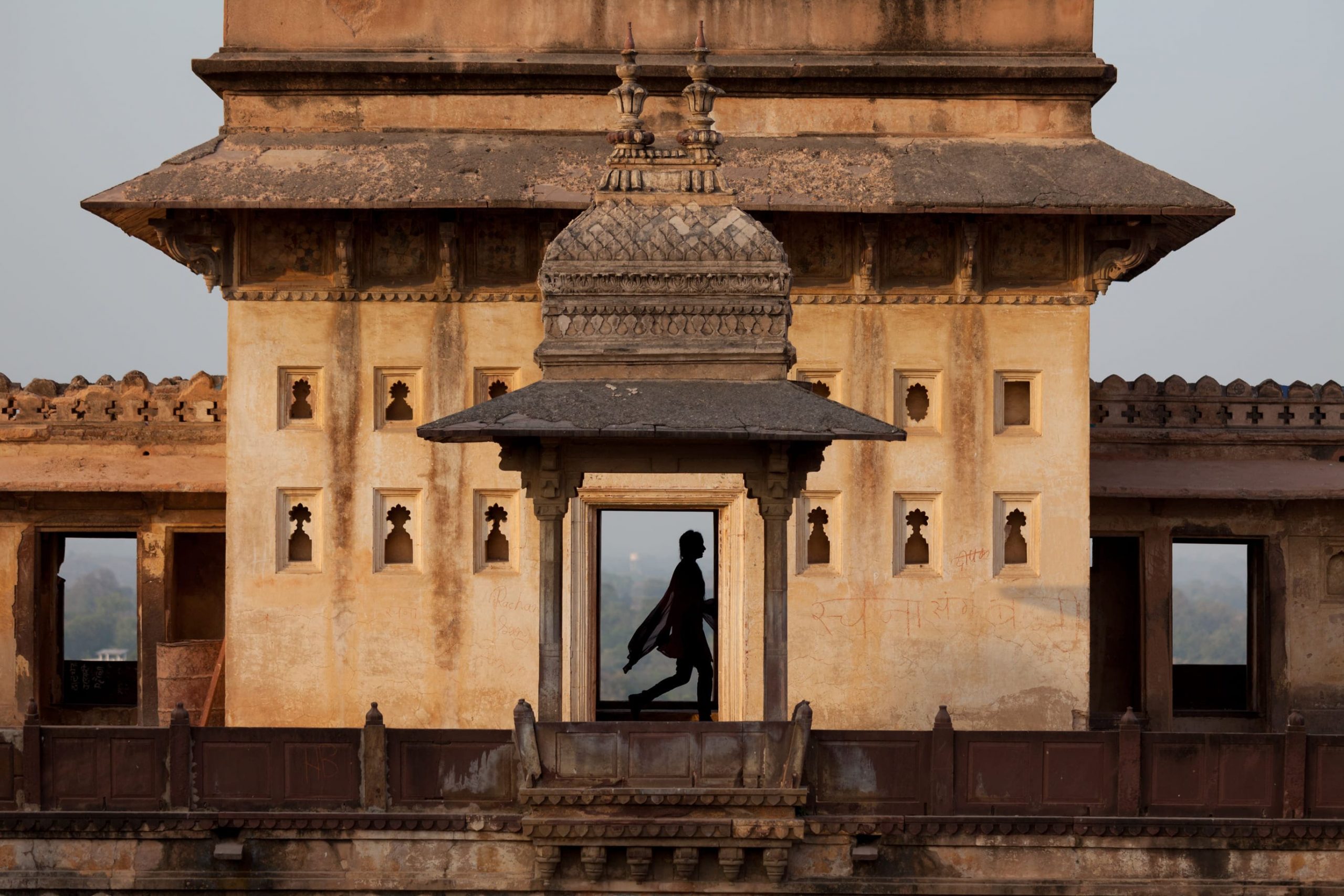
A woman walking past the viewing platform at Raja Mahal, situated in the Orchha Fort © Seng Kit
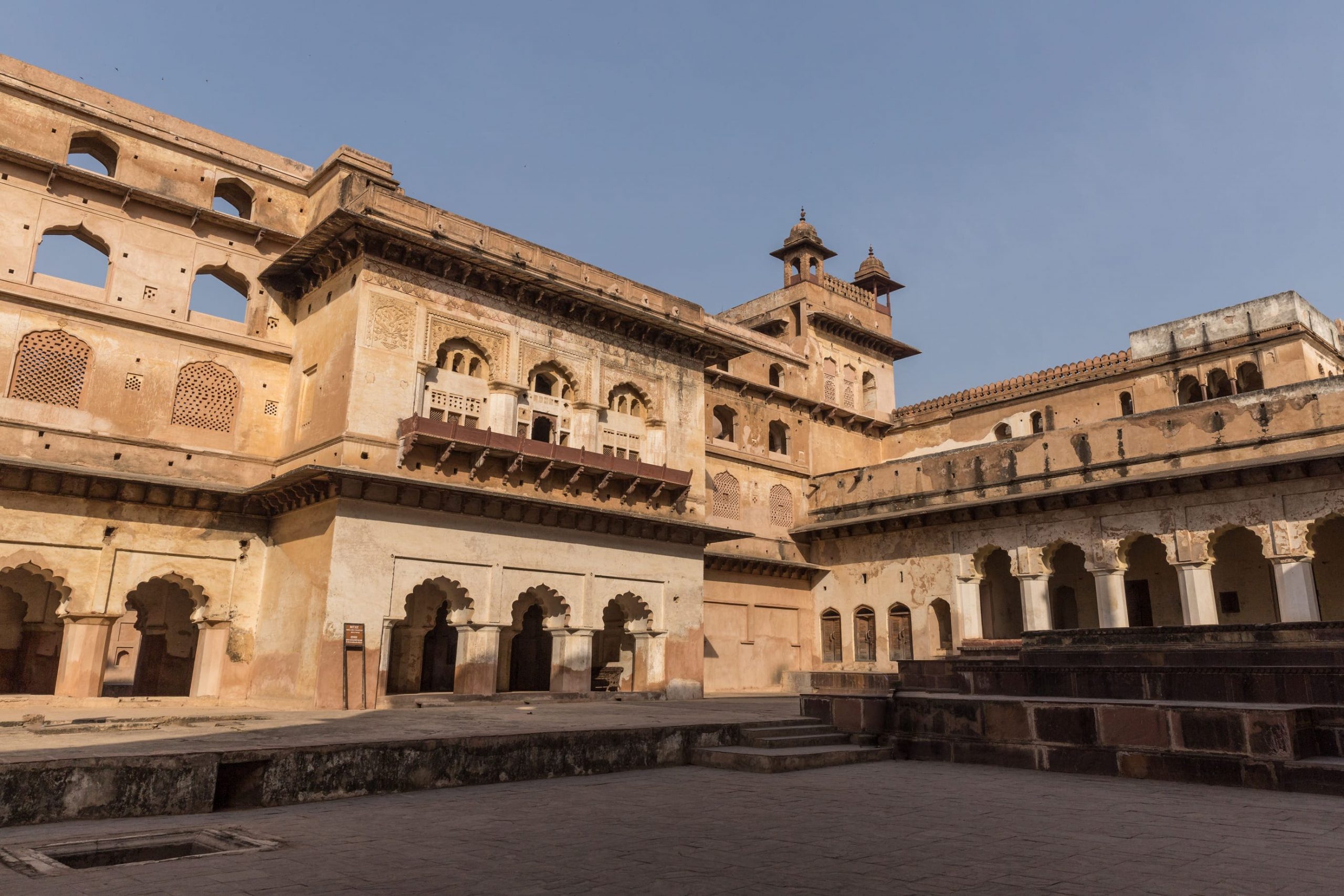
The majestic courtyard of Raja Mahal situated in Orchha © Kevin Standage
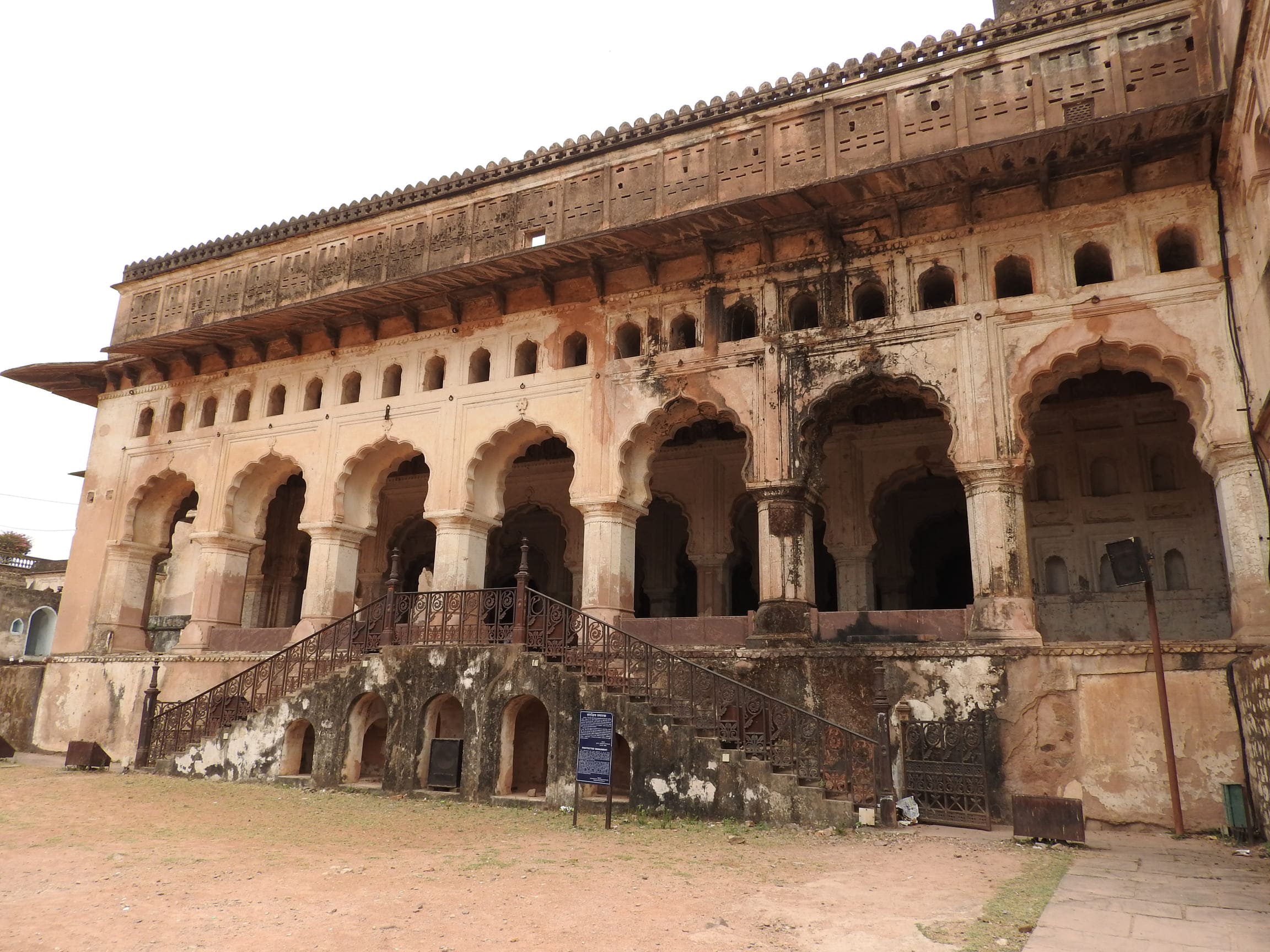
The exterior view of Raja Mahal, an imposing Bundela palace situated in Orchha, built for the reception of Mughal emperor Jahangir ©Konstantin Litvinov
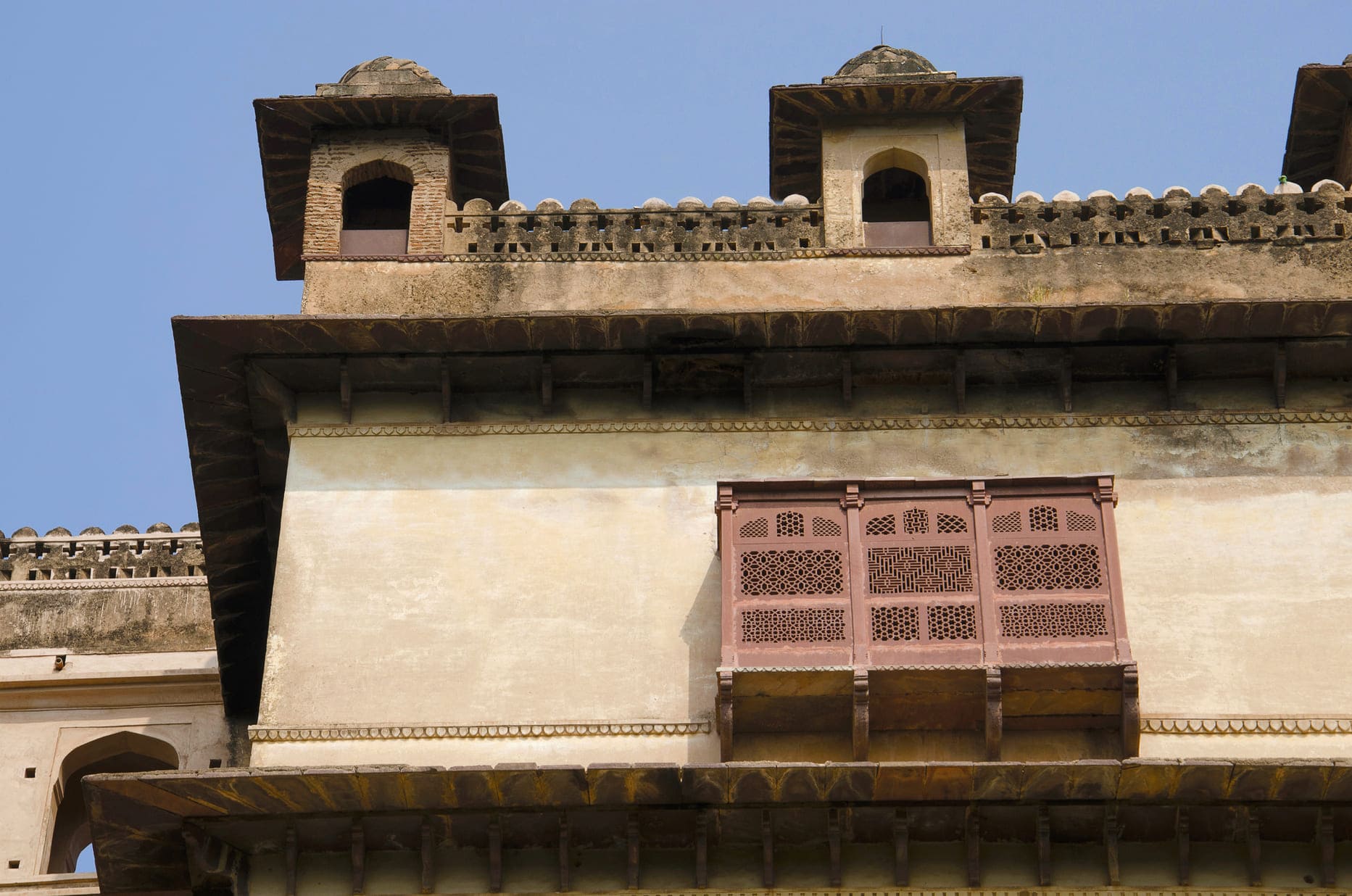
The intricately carved hanging balconies or jharokhas of Raja Mahal located in the Orchha Fort complex © RealityImages
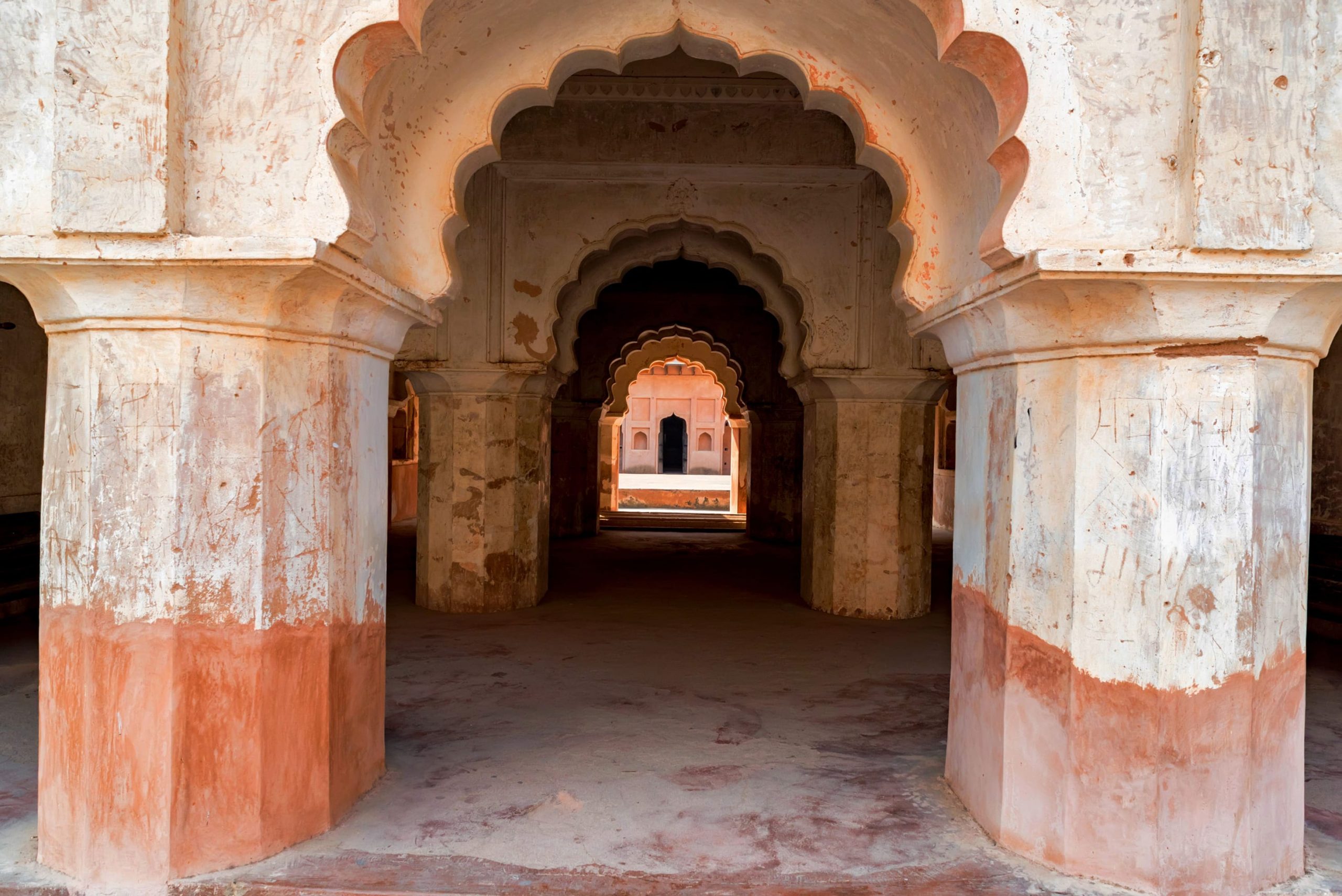
Looking through the imposing archways of Raja Mahal situated in the Orchha Fort complex © Yakov Oskanov
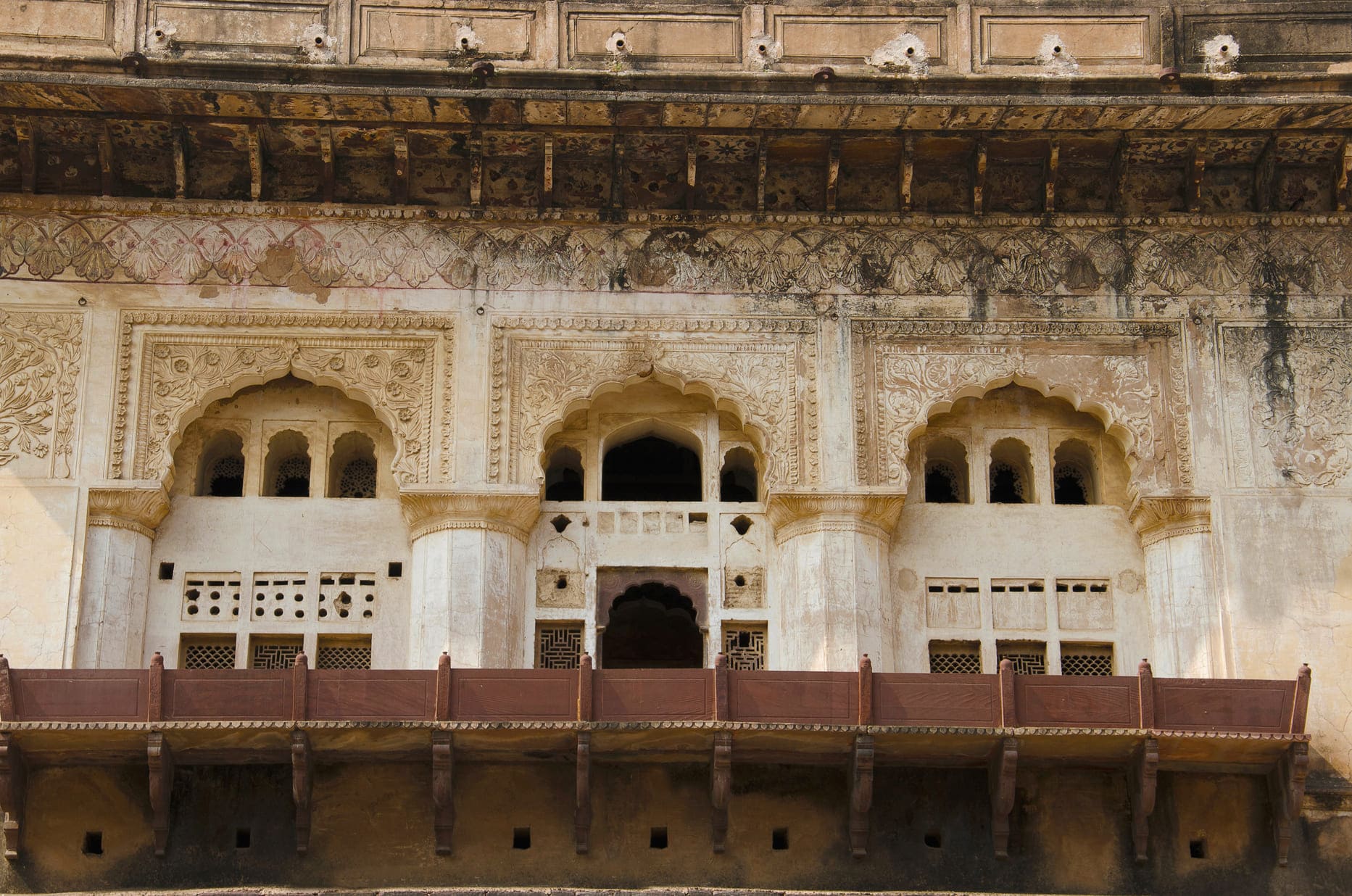
Finely carved windows and balconies in Raja Mahal. Jaali screens and arched galleries allow enough fresh air and a cool breeze to enter the building, Orchha @ RealityImages
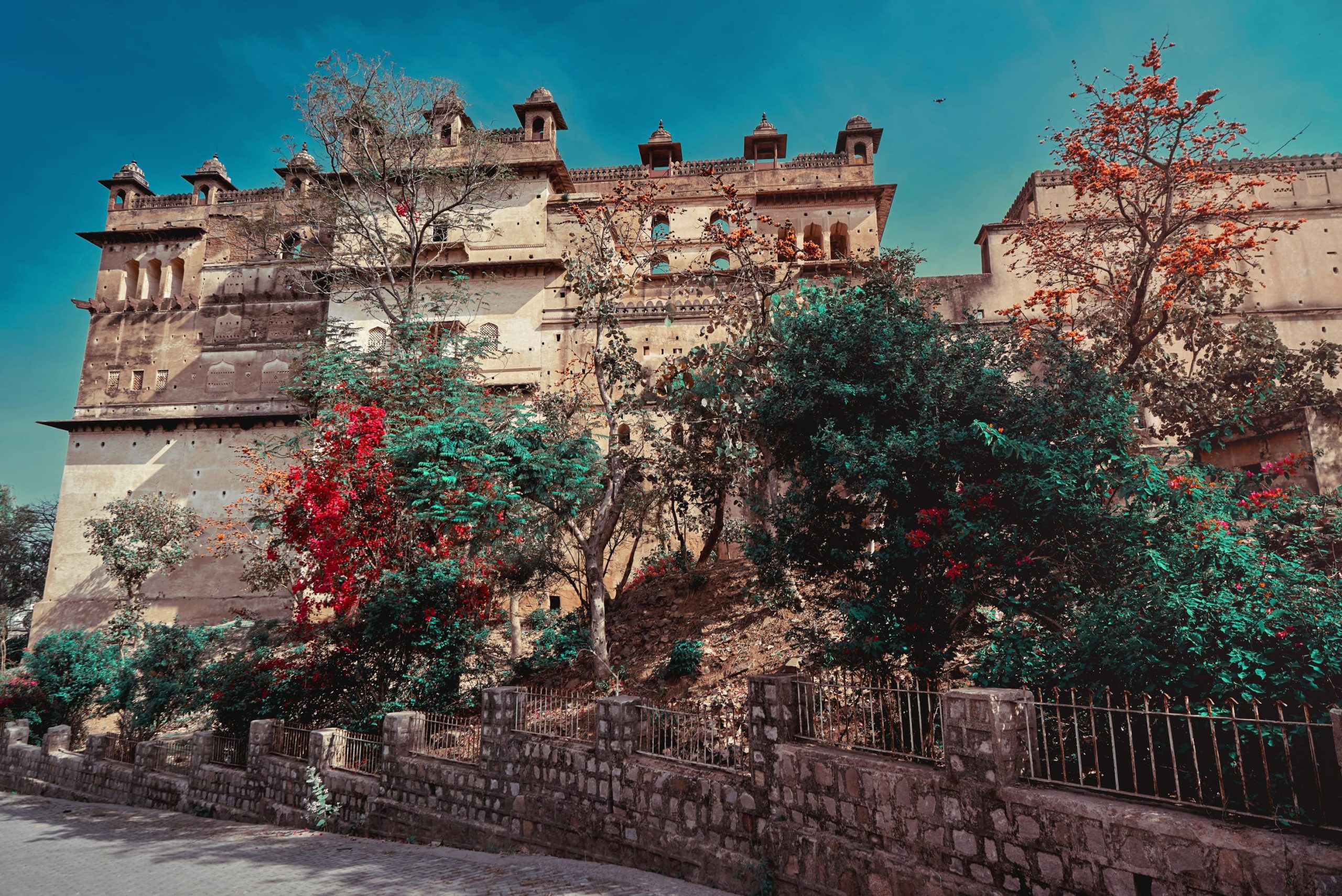
The exterior view of beautifully carved walls of Raj Mahal behind flowering trees, situated in the Orchha Fort complex © Vasily Gureev
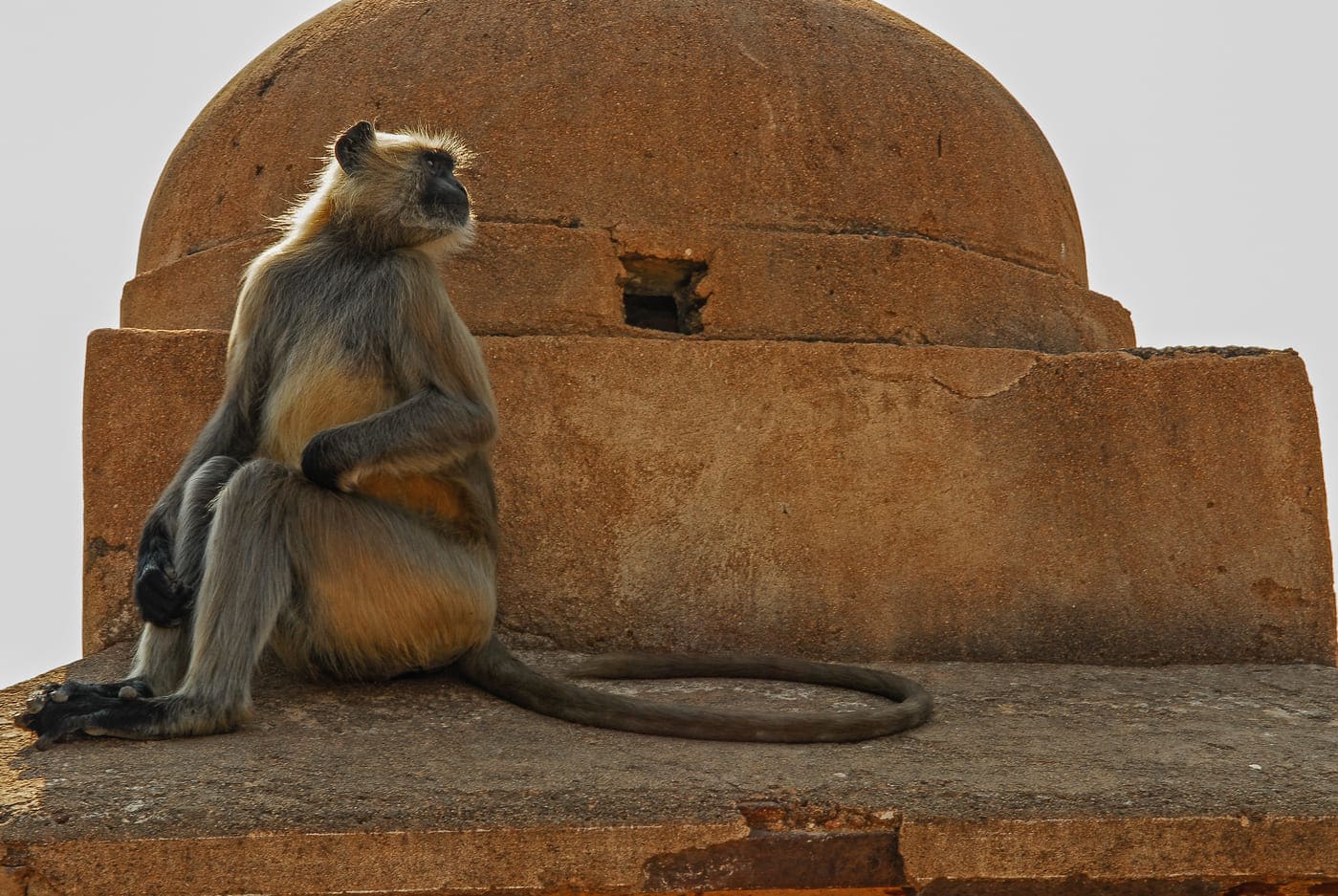
The Orchha palace with a monkey on the top © Luc Kohnen
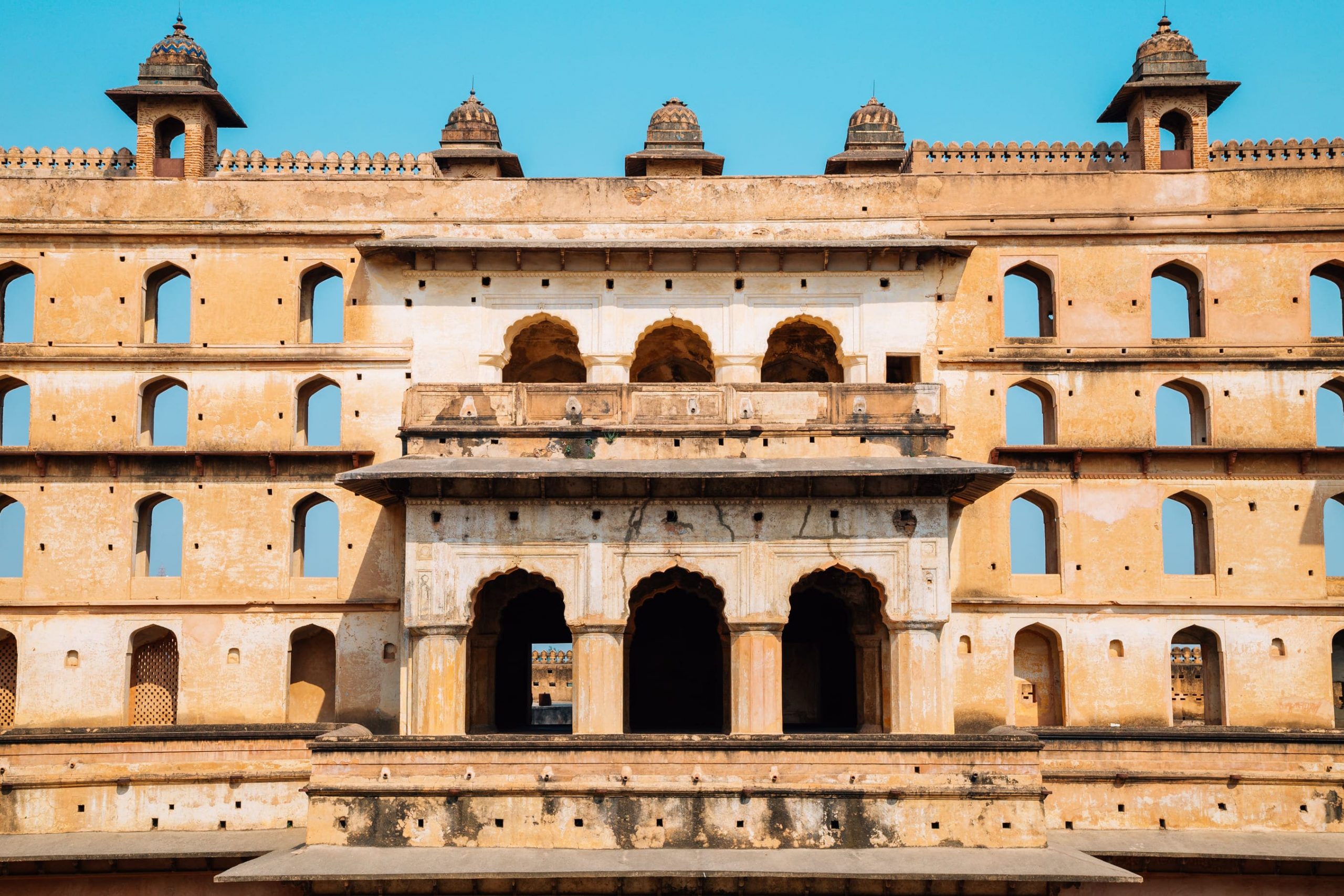
The undecorated aspect of the exterior gives Raja Mahal a plain, single-story look, Orchha © Sanga Park
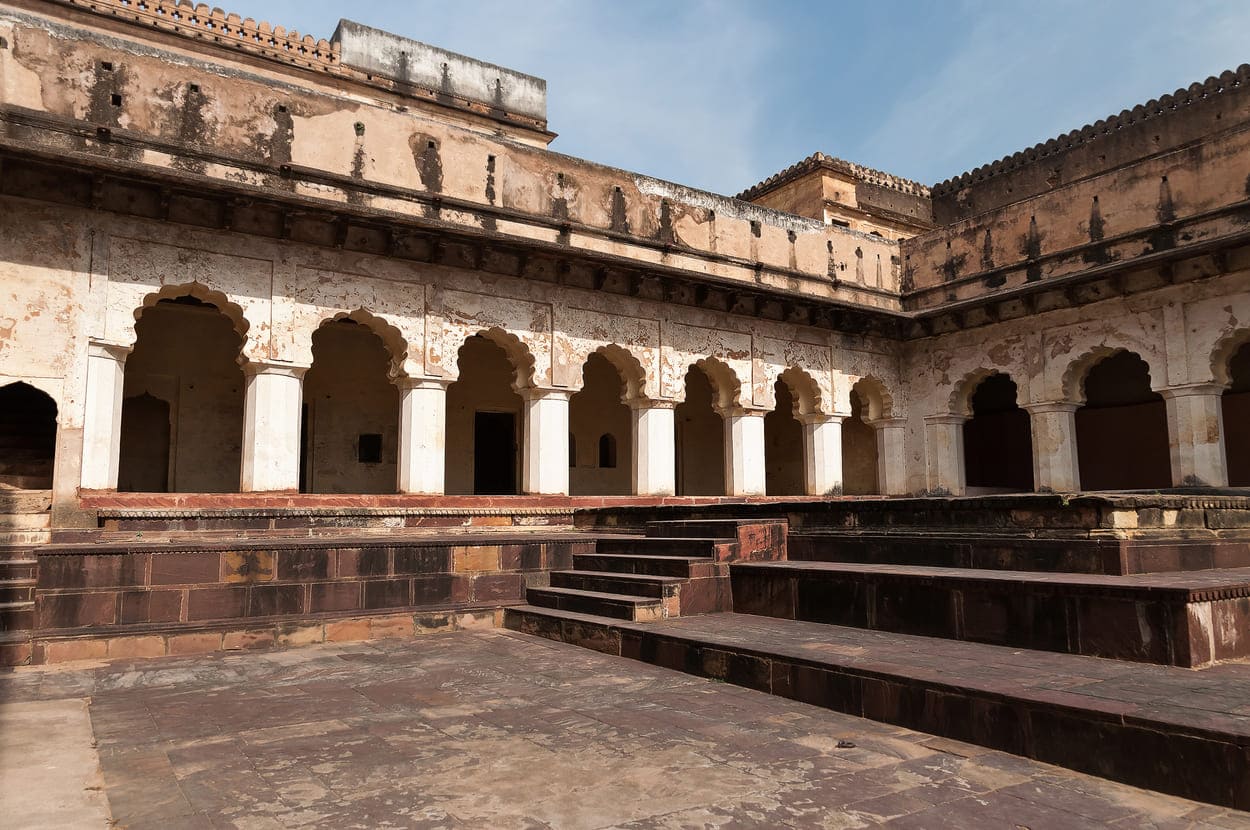
Exterior view of the arches of Raja Mahal in Orchha, built by a Bundela King Rudra Pratap Singh © Jatin K. Baviskar
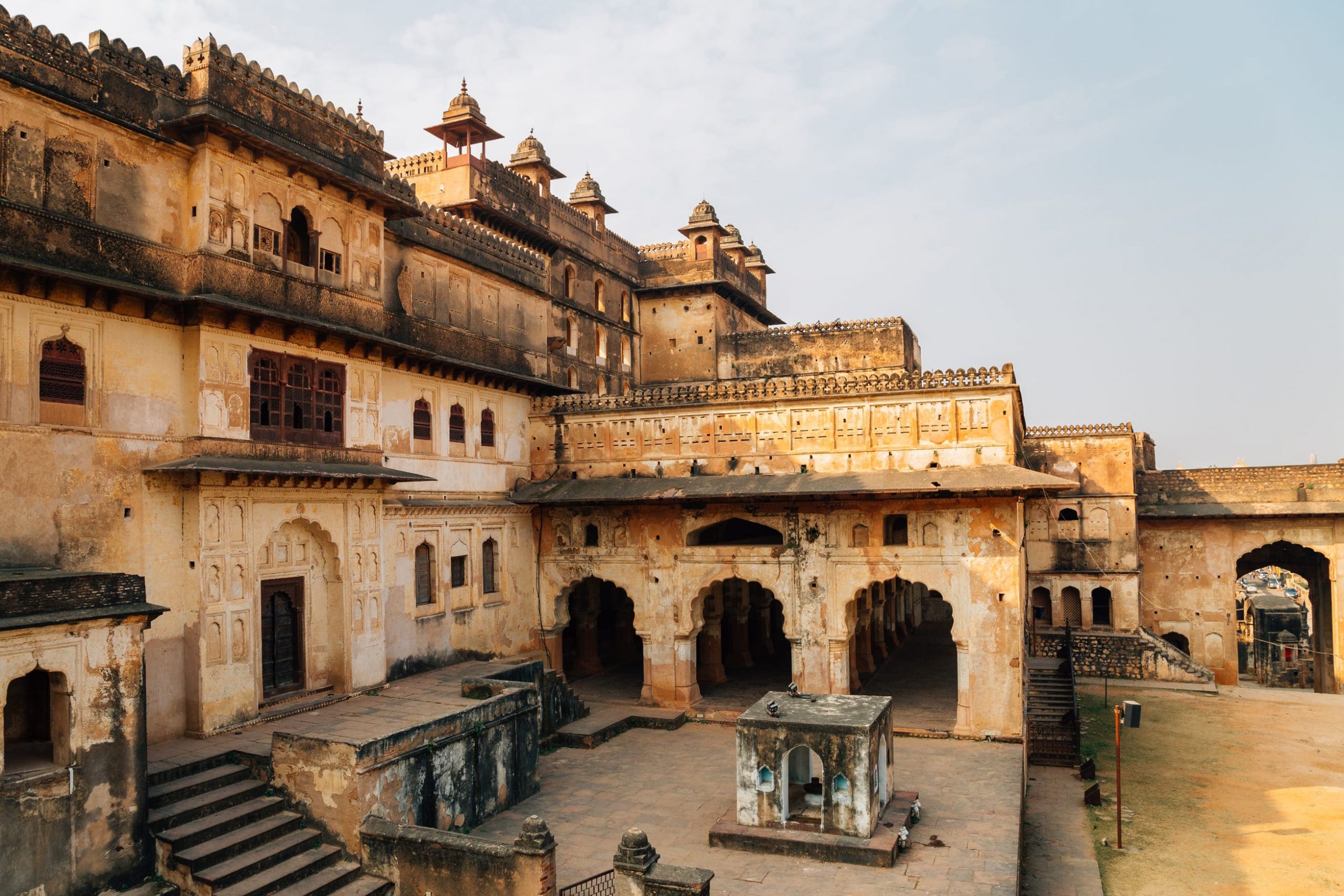
An exterior view of decorated latticed windows and archways of Raja Mahal situated in the Orchha Fort complex © Sanga Park

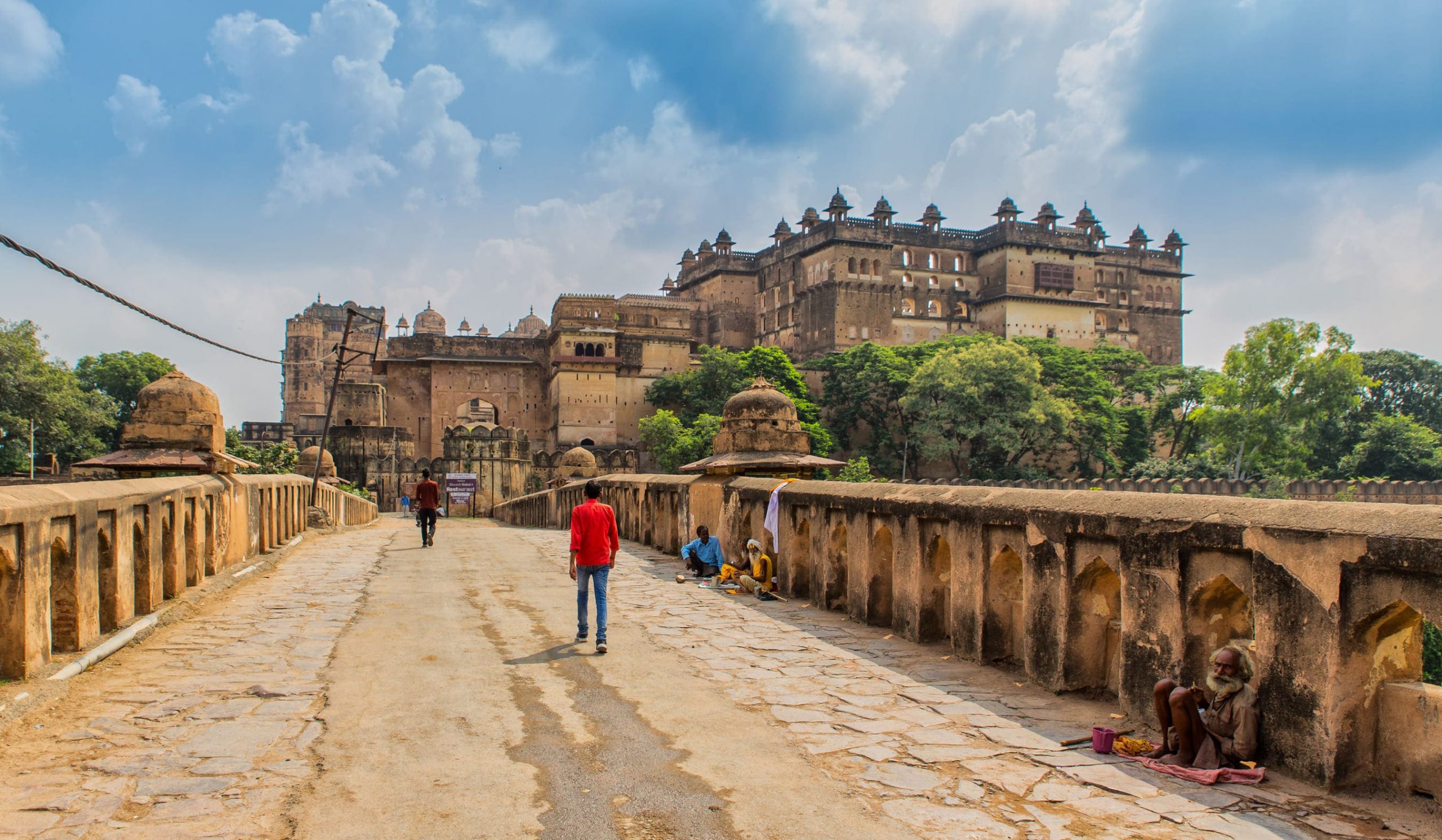
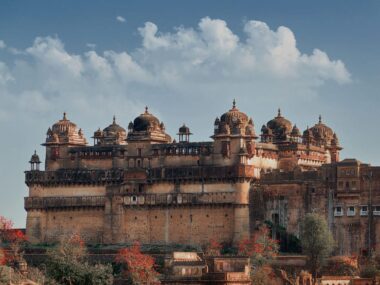

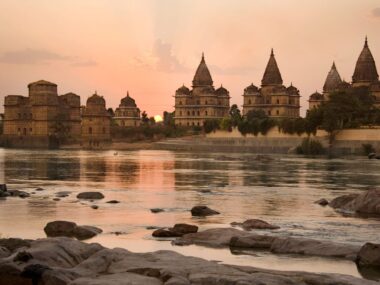
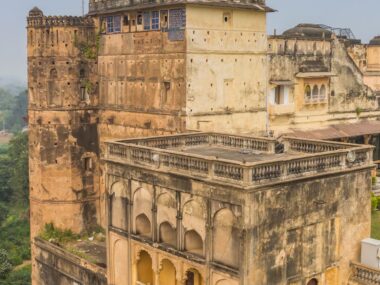
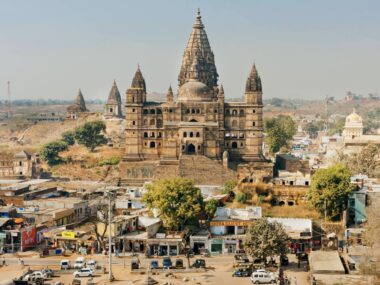
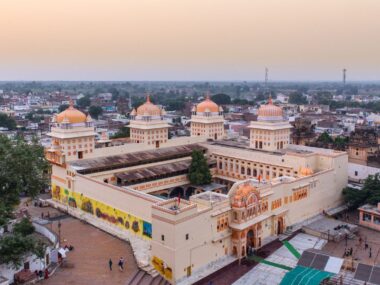
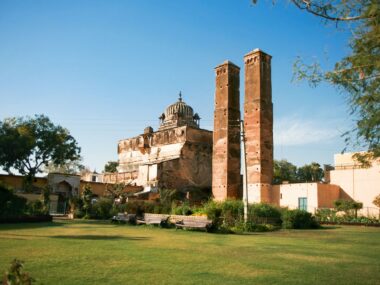
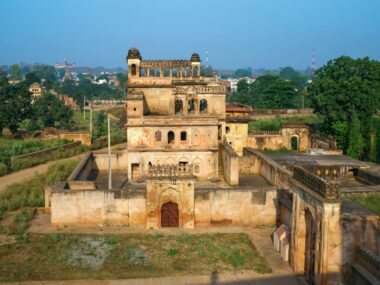
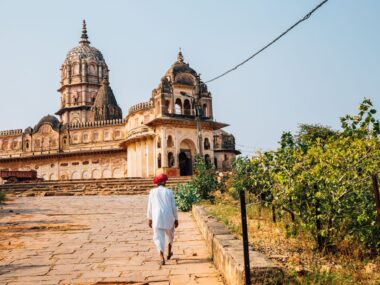
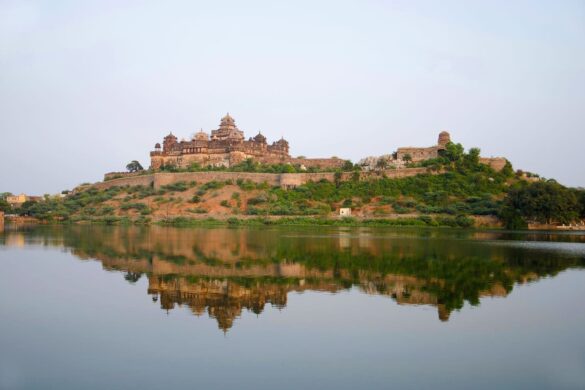
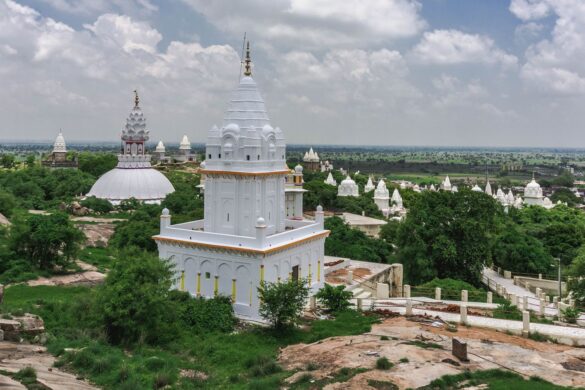
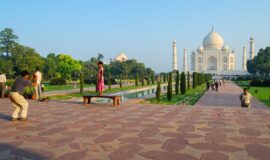
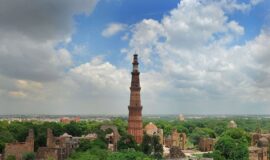
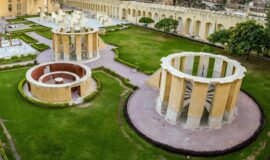
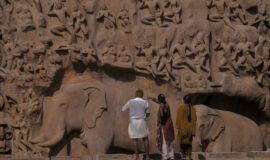
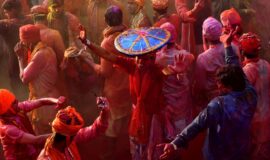
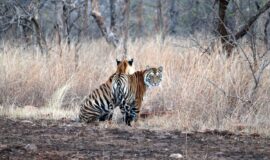
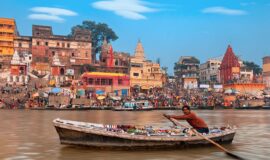
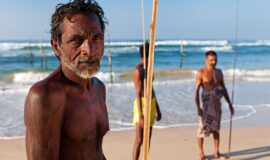
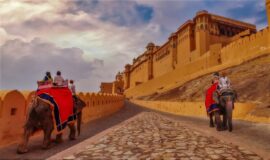
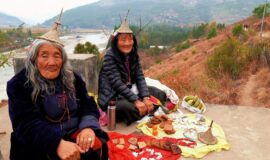
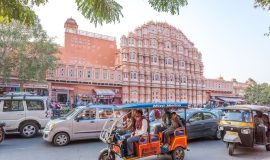
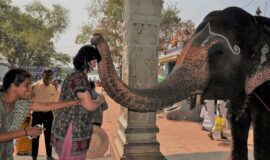
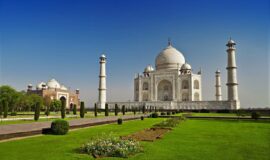

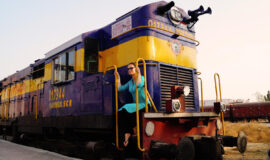
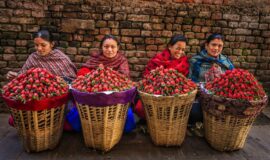
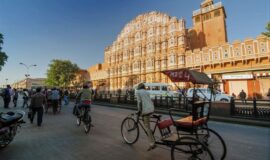
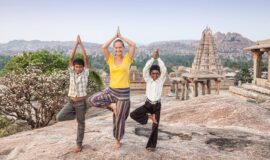
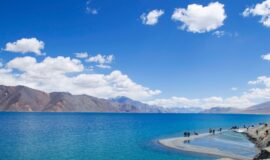
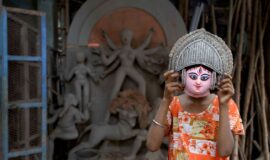
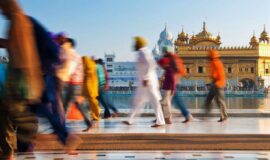
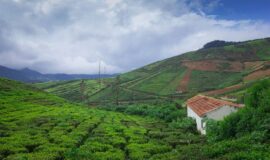
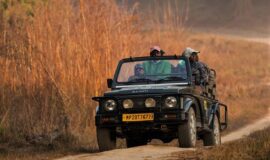
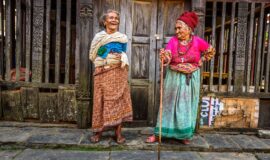
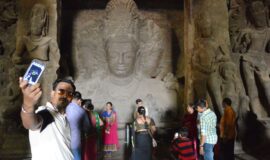
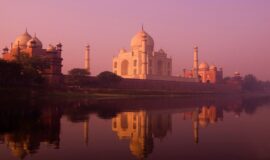
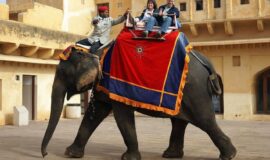
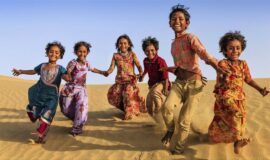
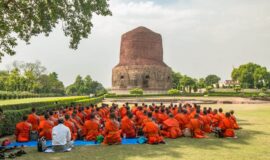

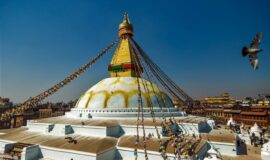
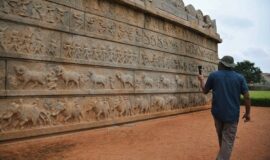
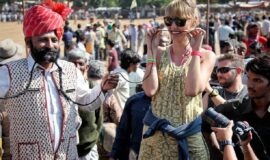
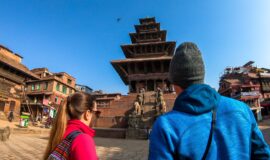
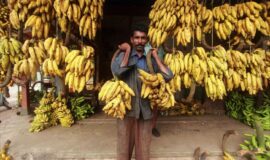
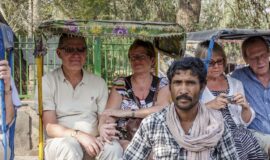
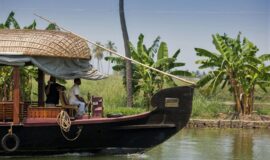
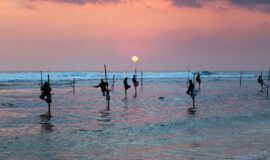
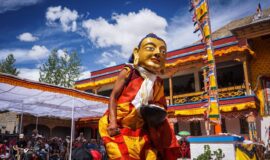
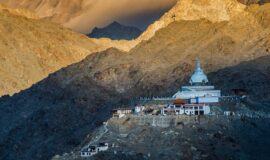
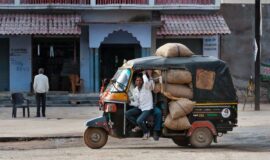
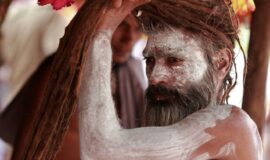
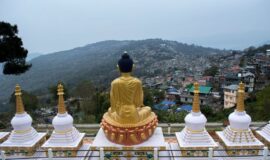
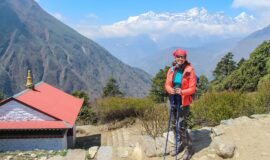
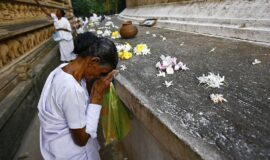
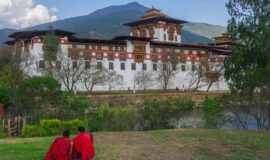
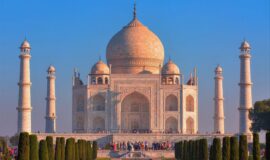
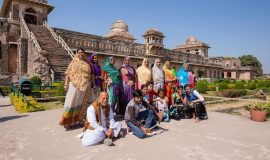
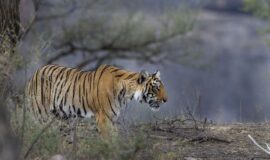
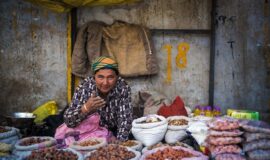
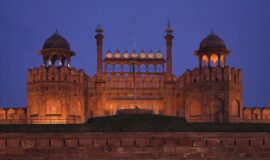
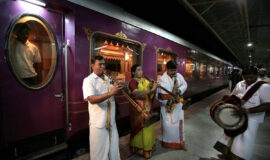
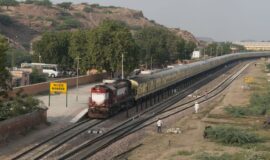
![Golden Triangle Tour with Goa [Culture + Beach Vacation] (12 days) Golden Triangle Tour with Goa [Culture + Beach Vacation] (12 days)](https://www.vacationindia.com/wp-content/uploads/2022/06/golden-triangle-tour-with-beach-vacation-270x160.jpg)
